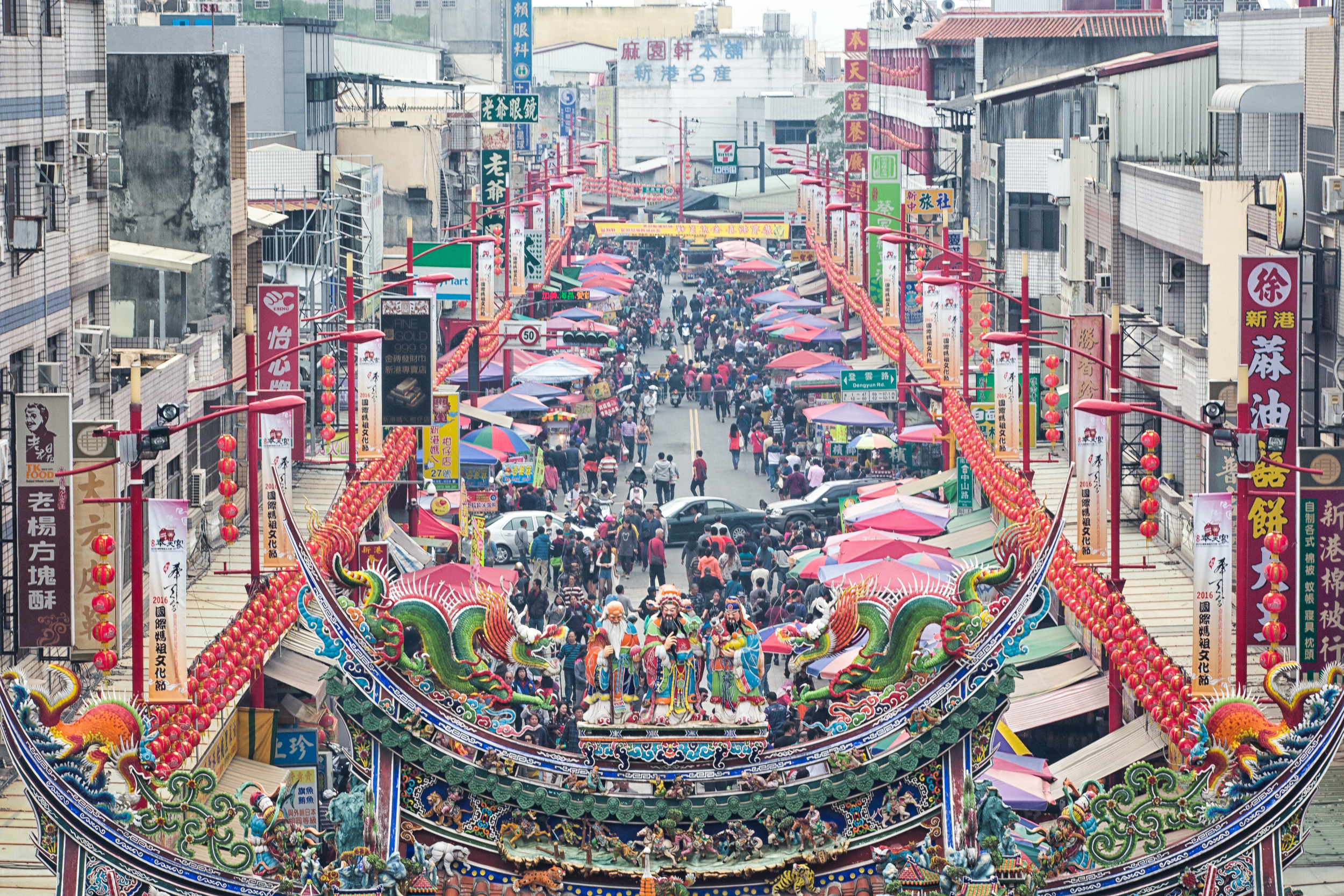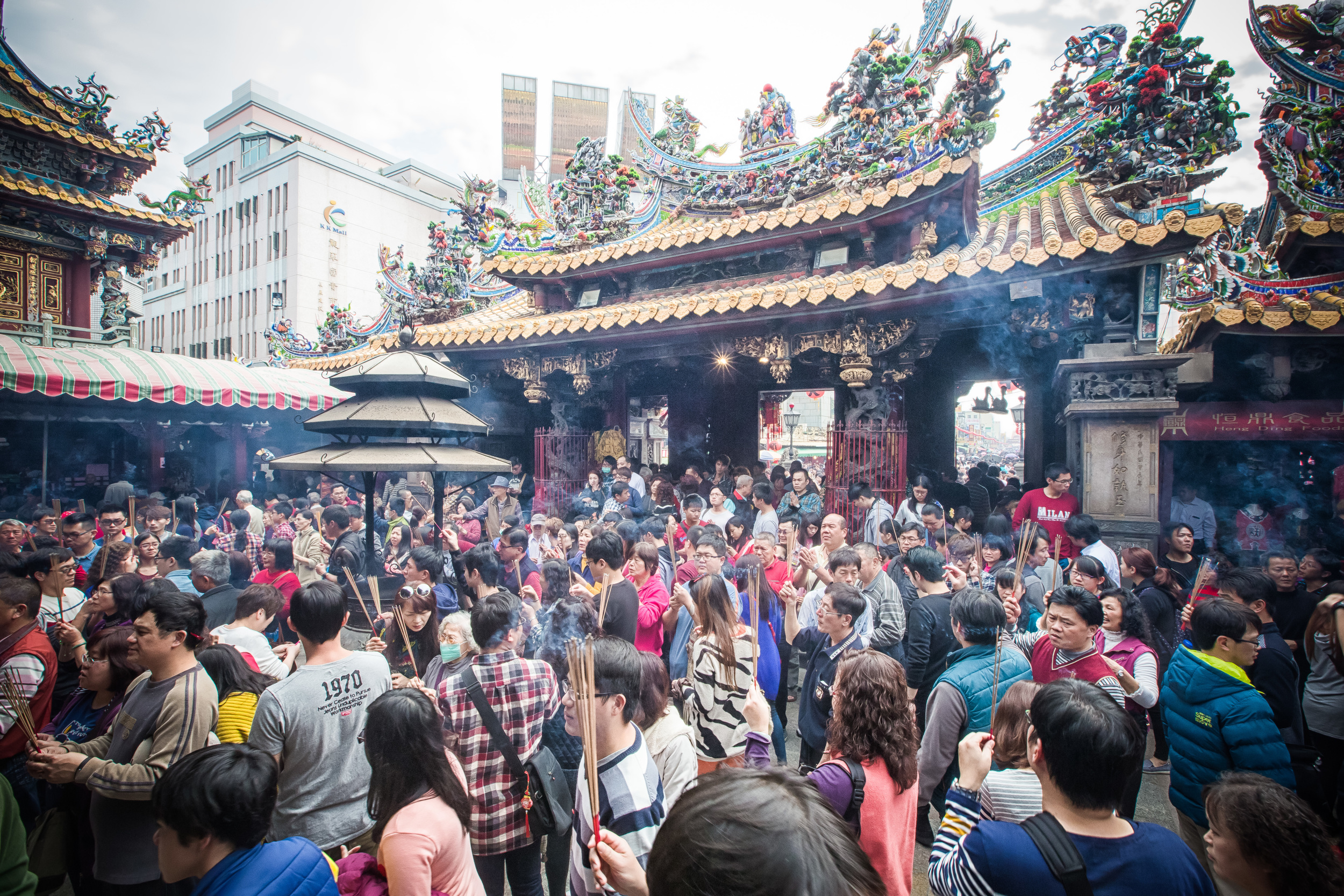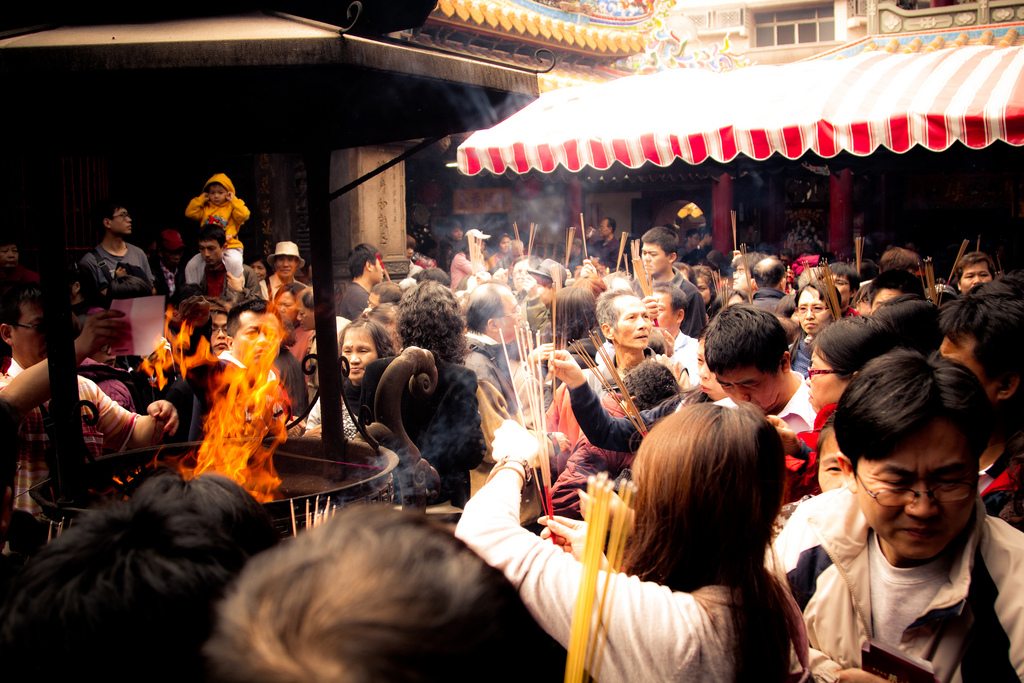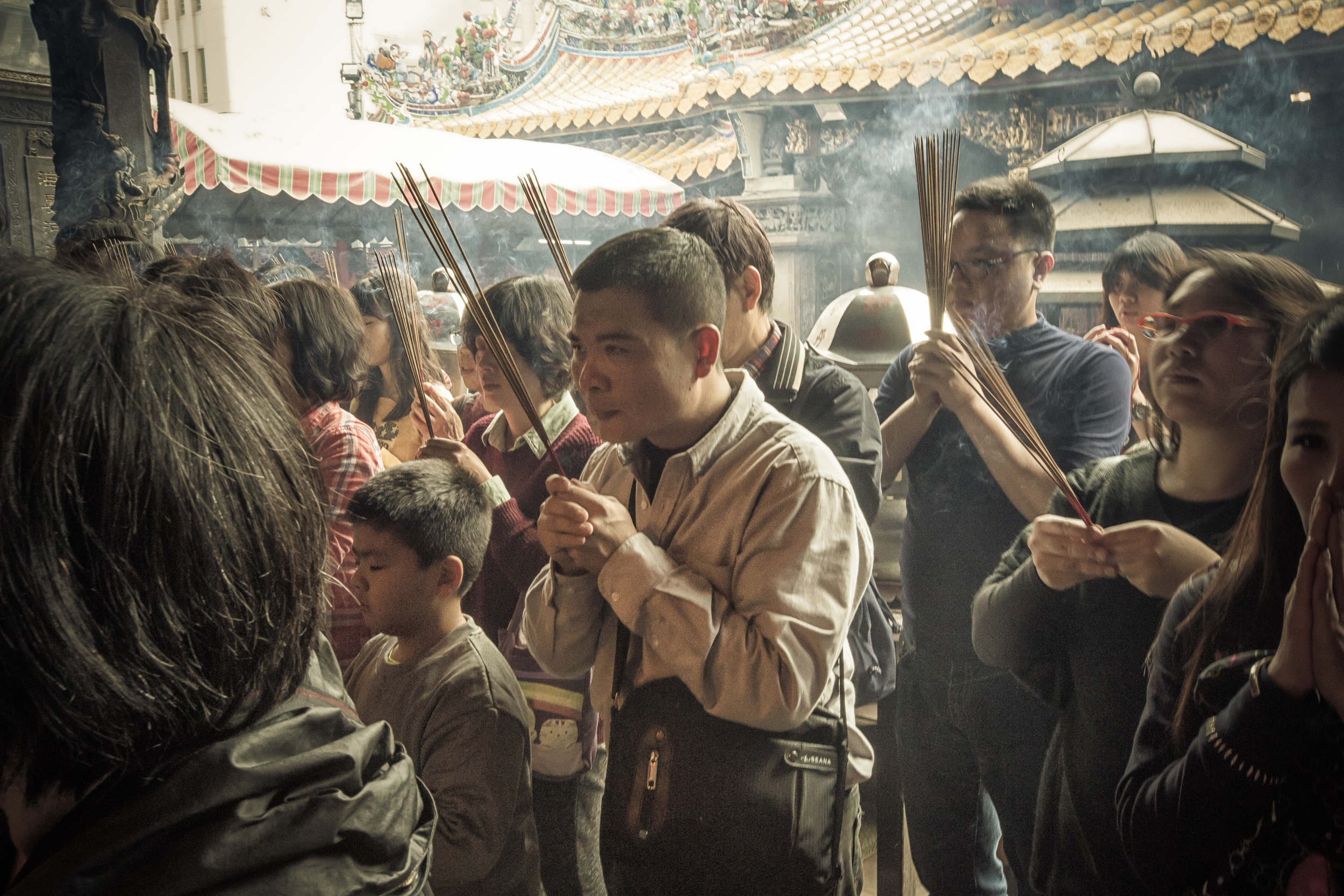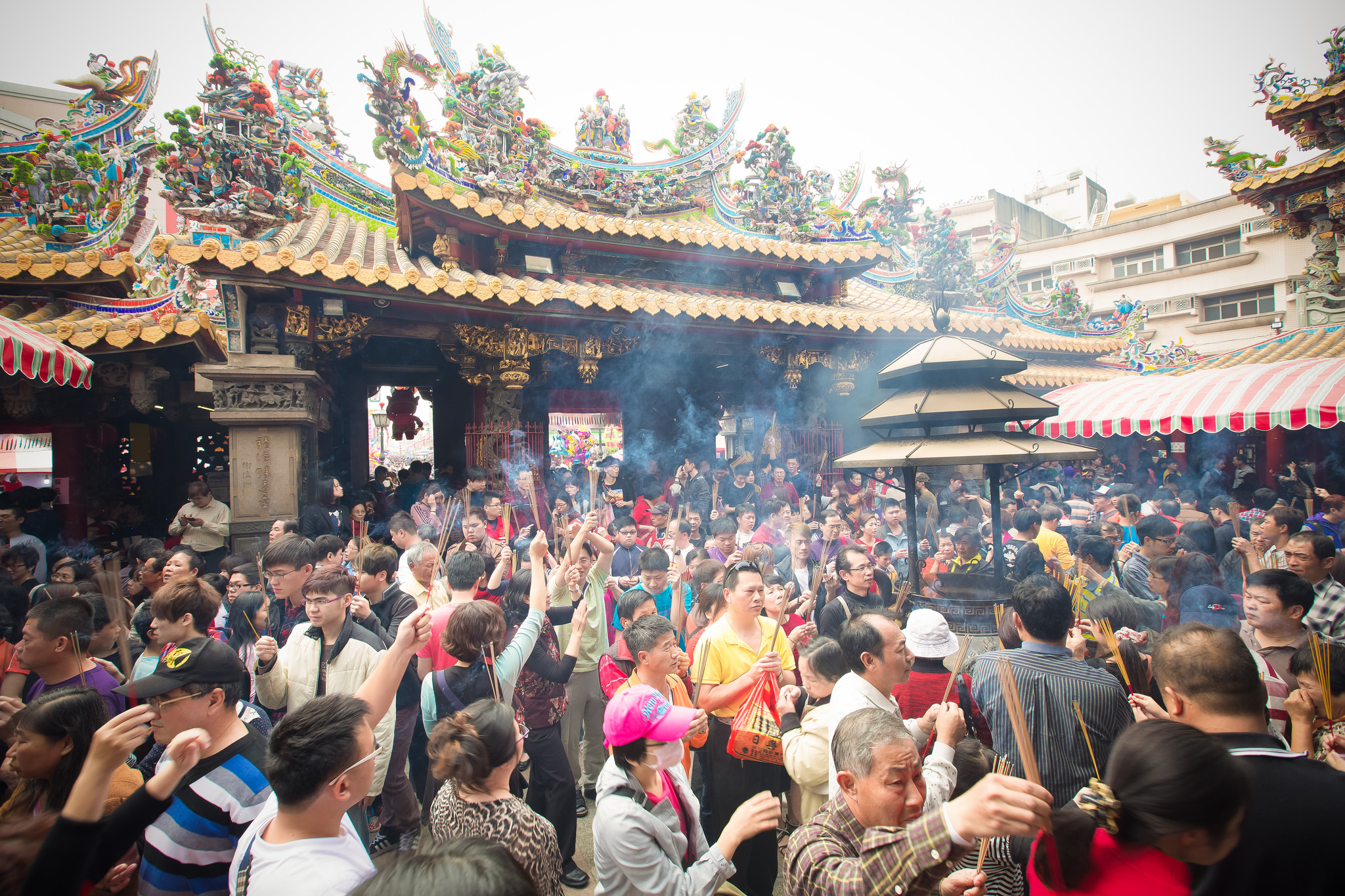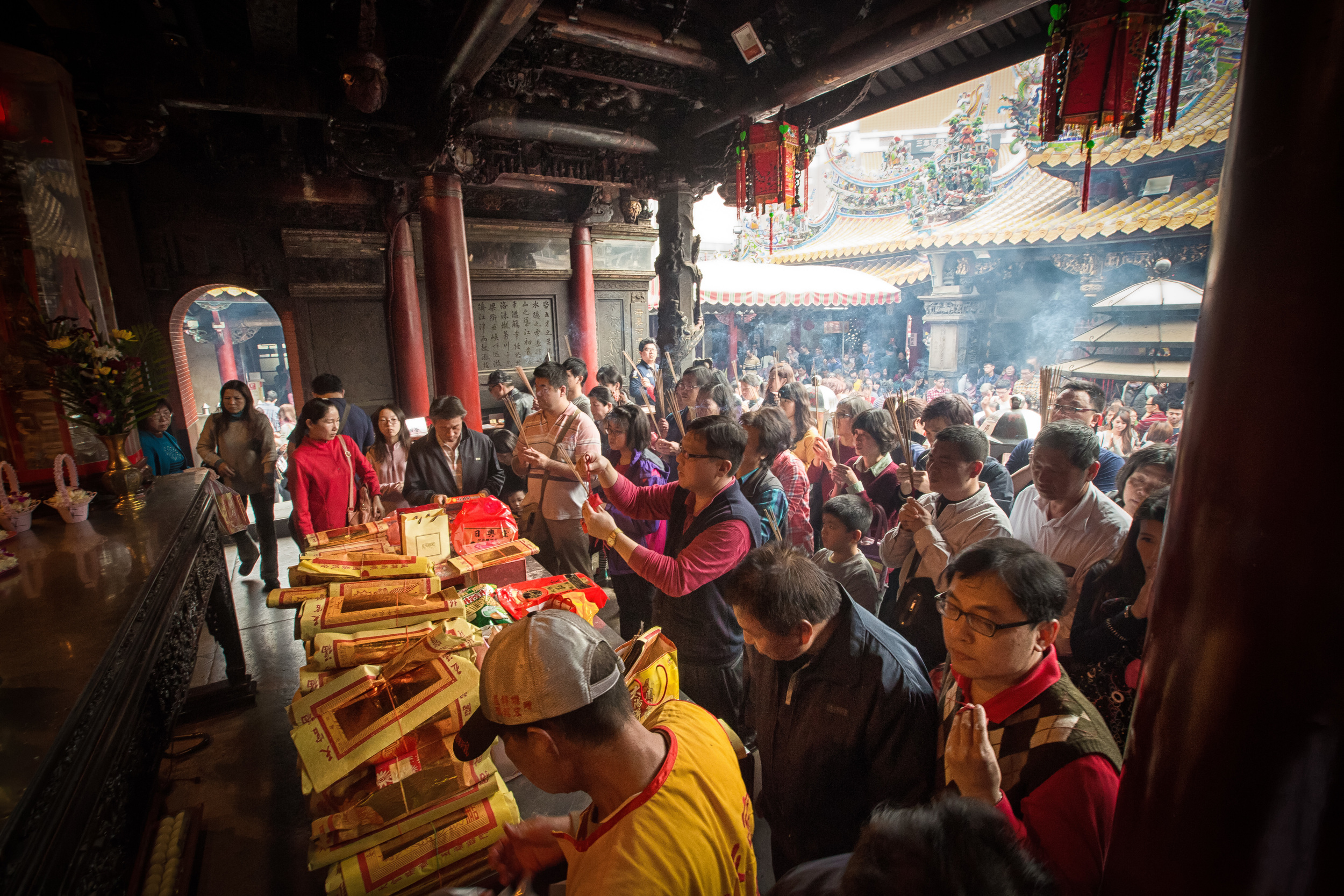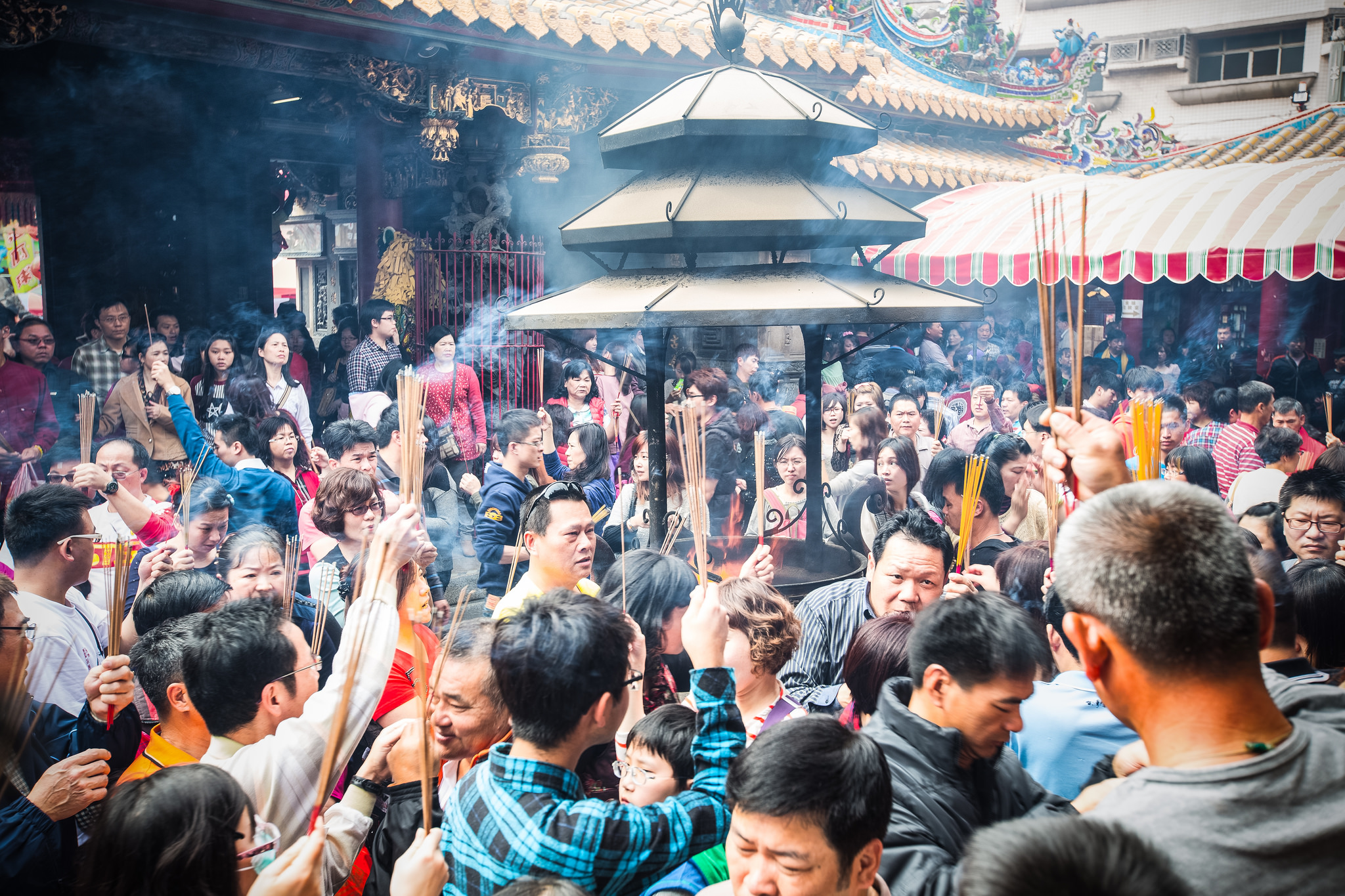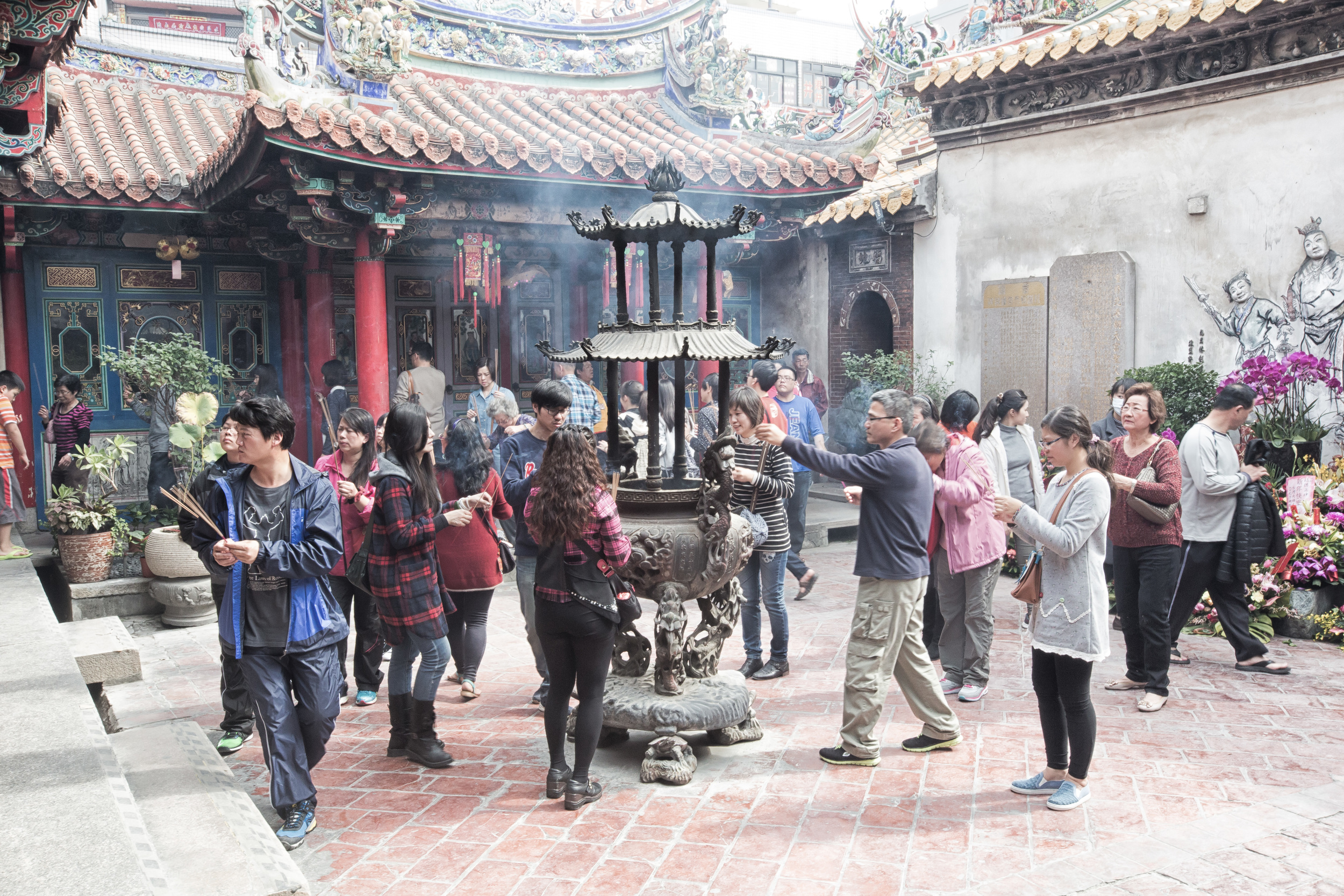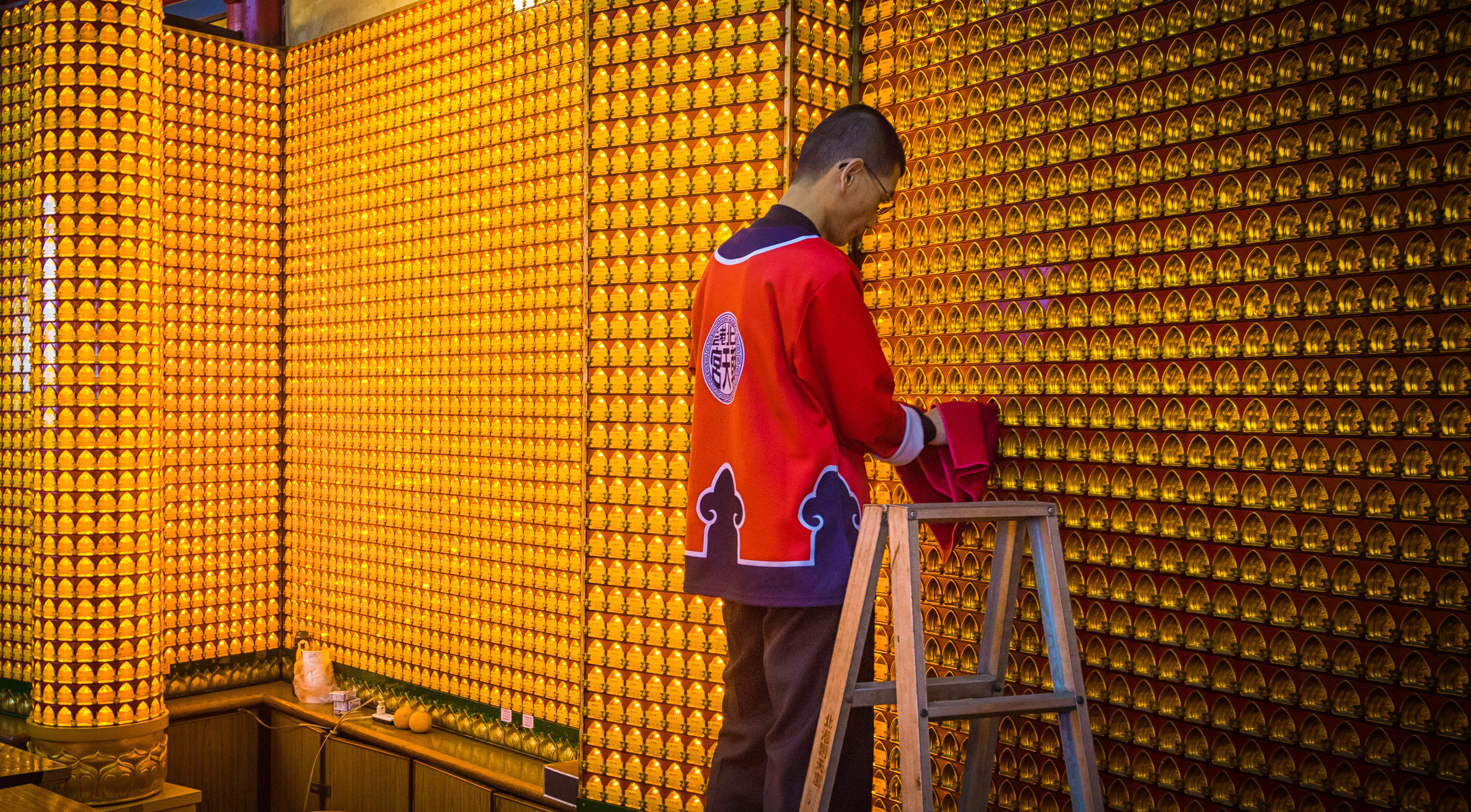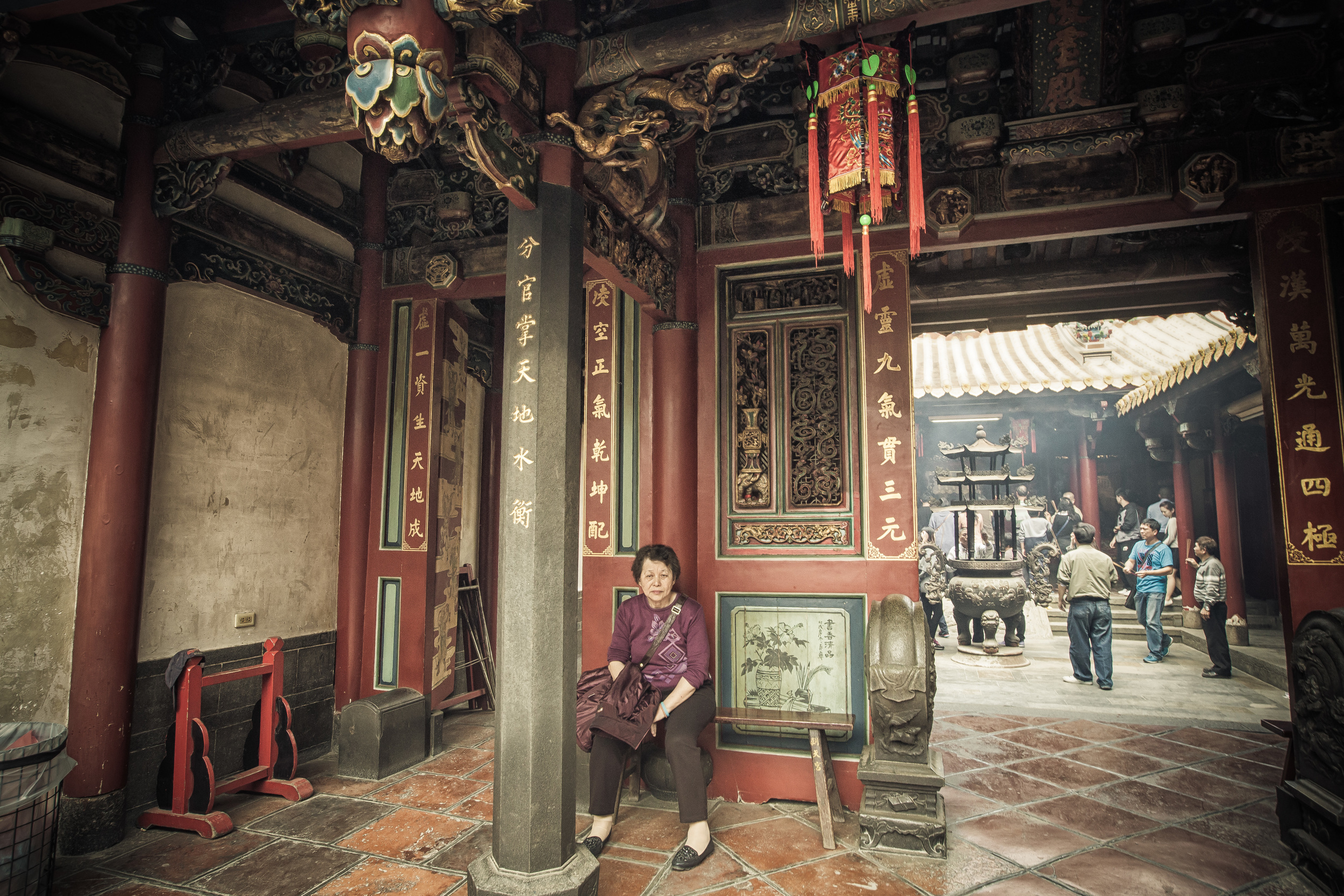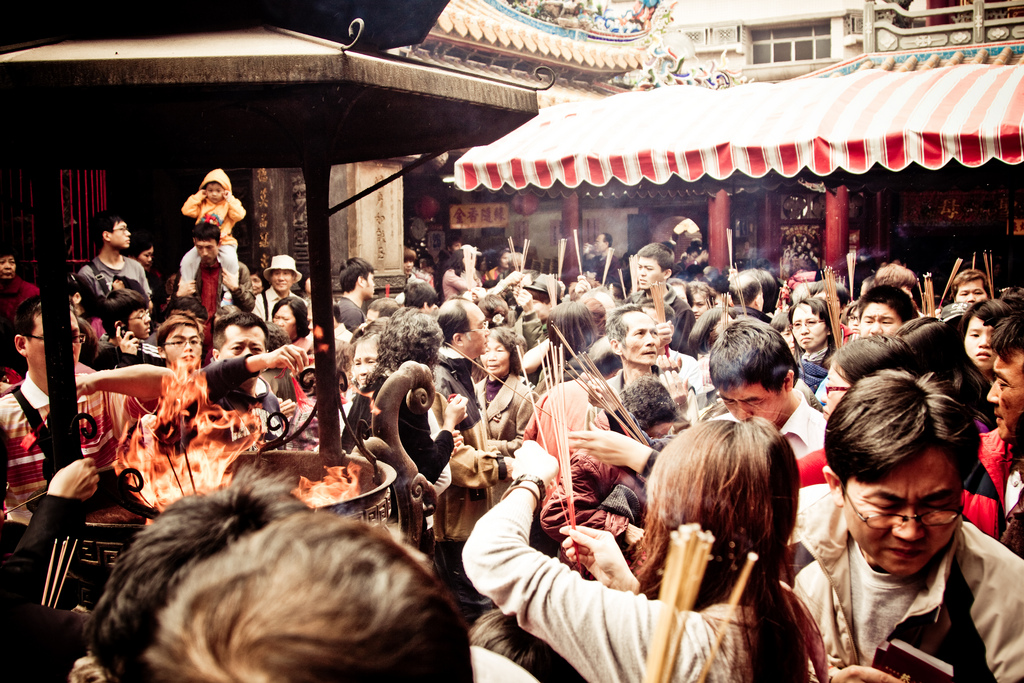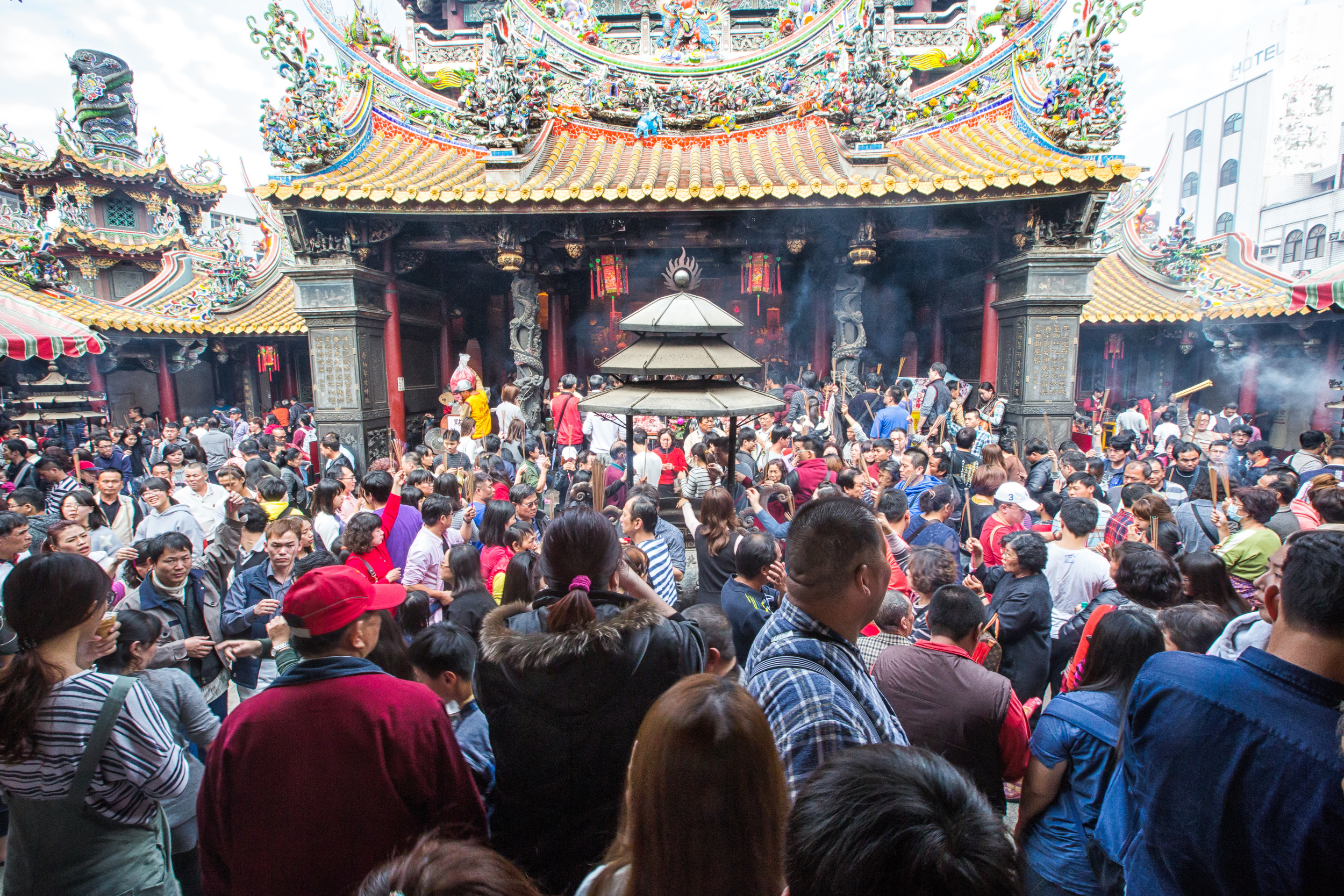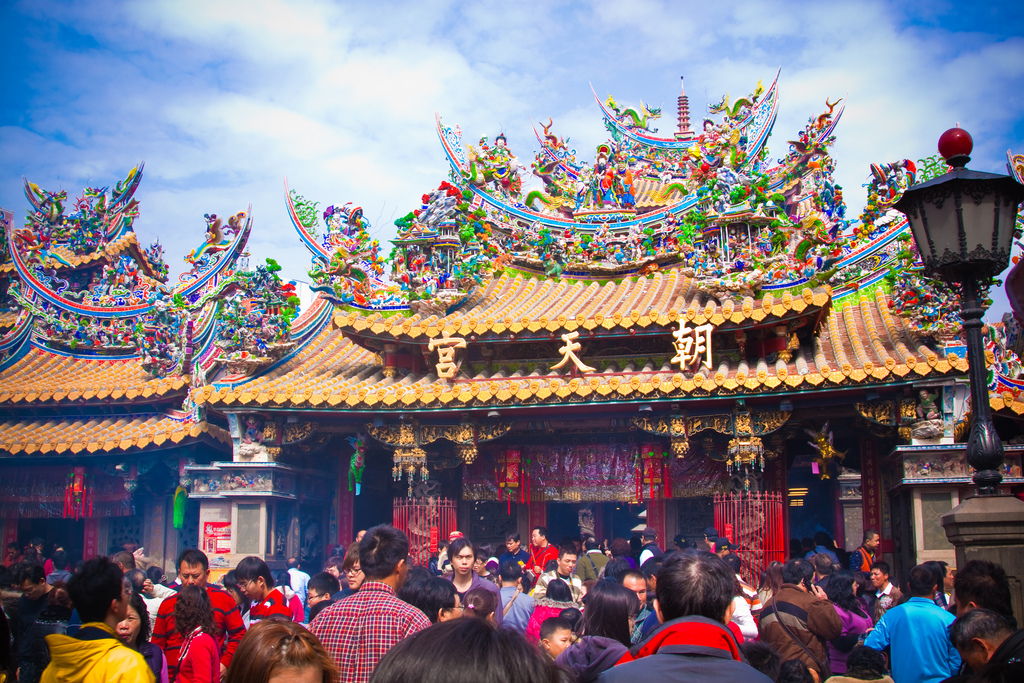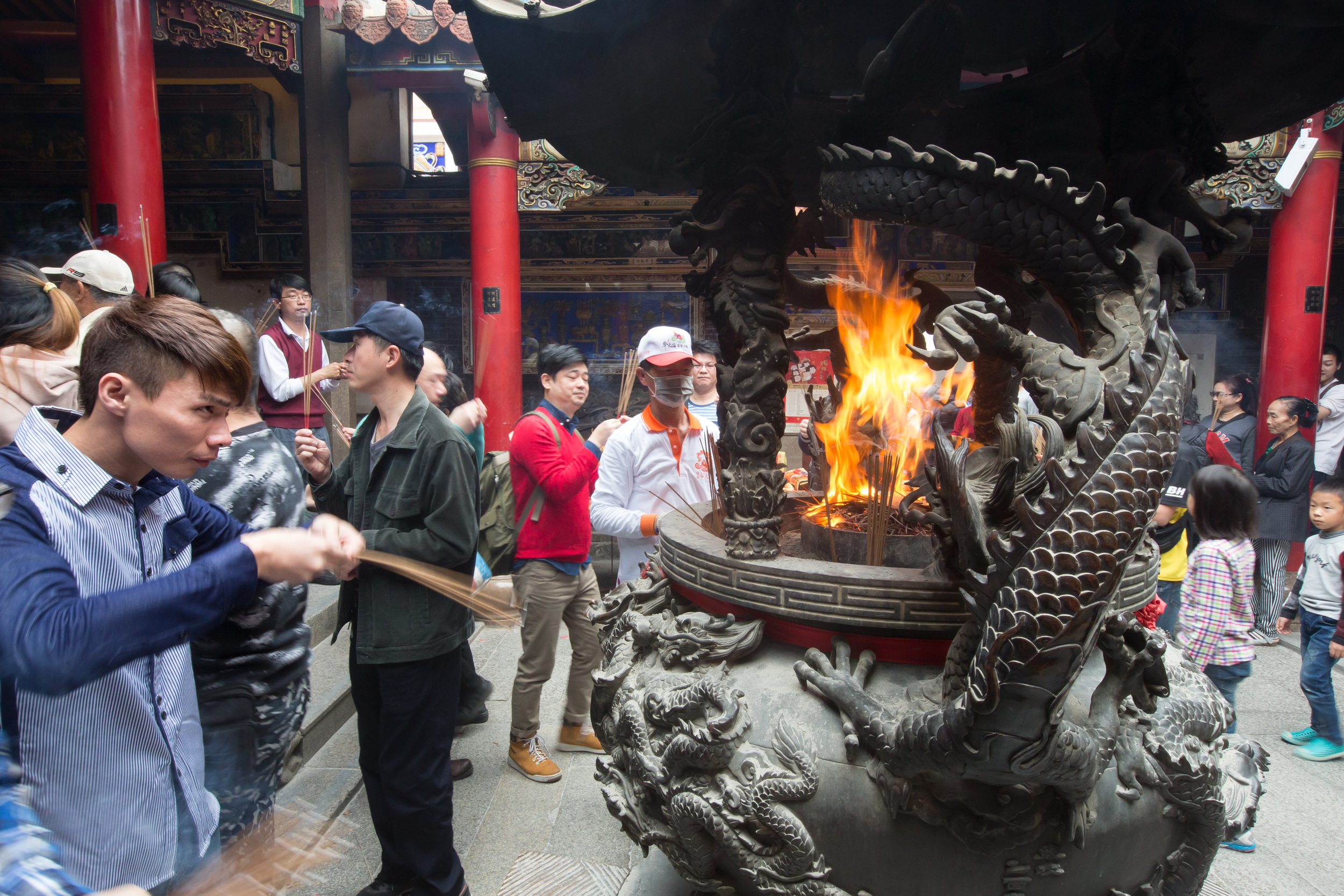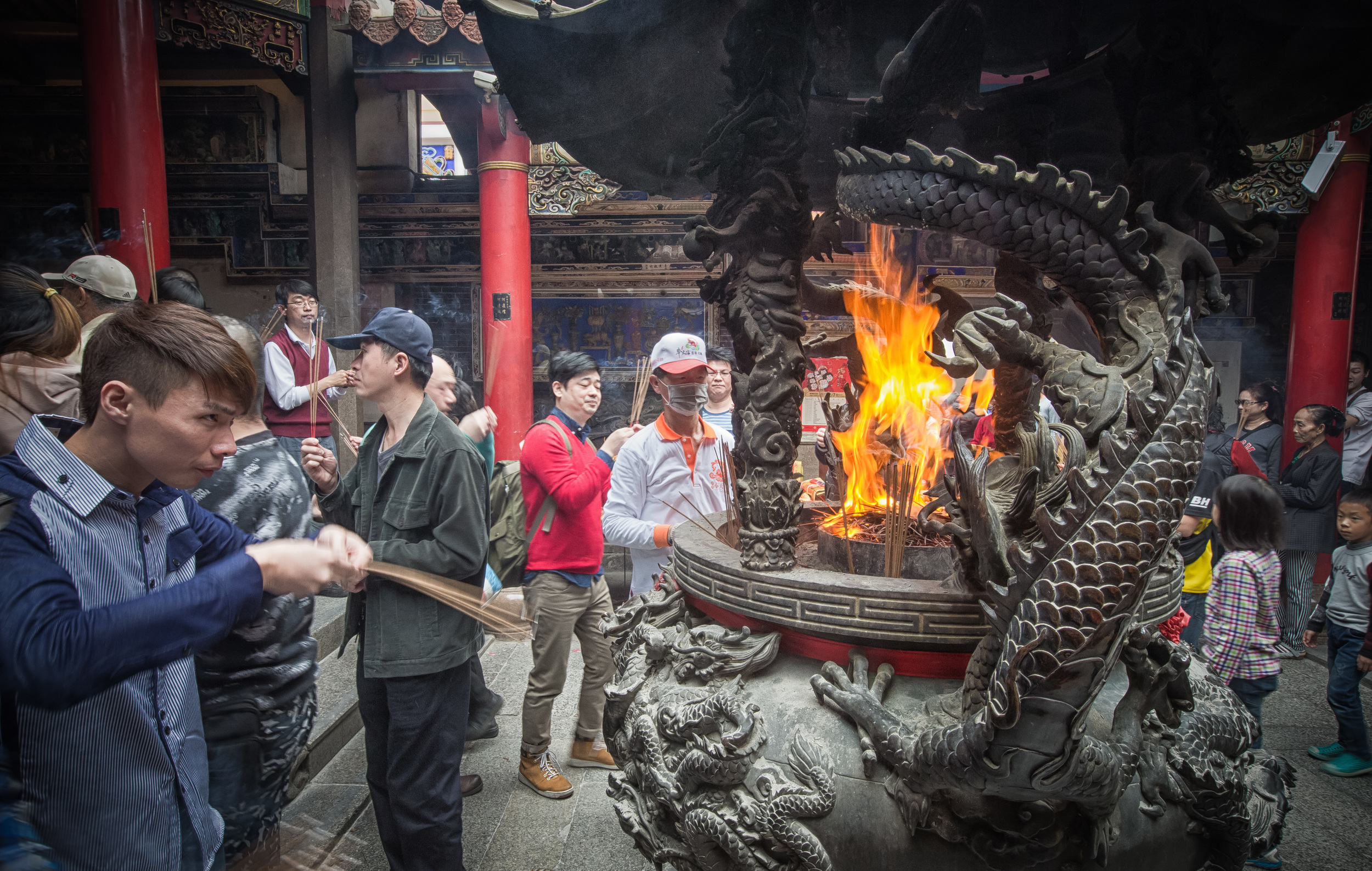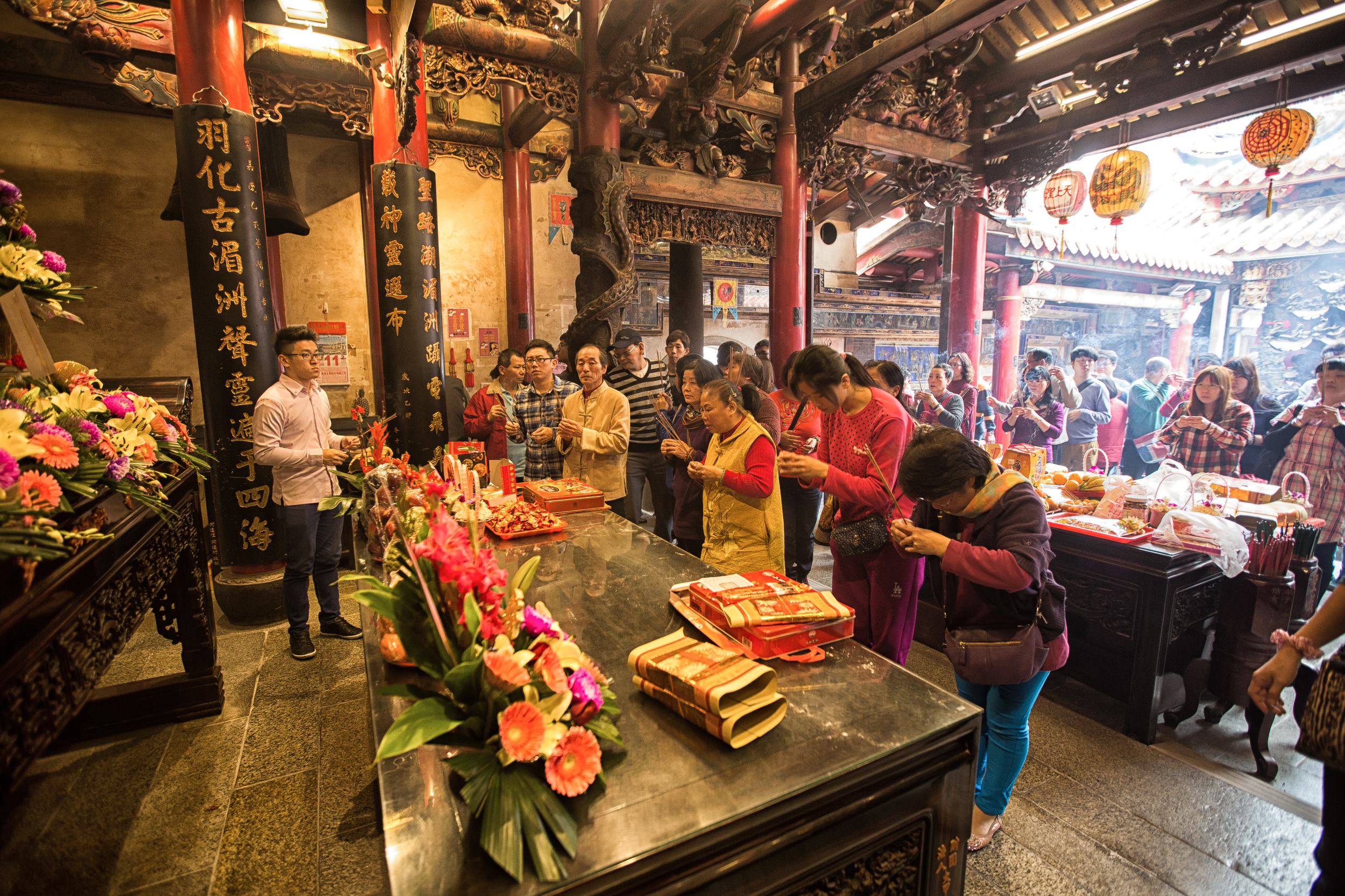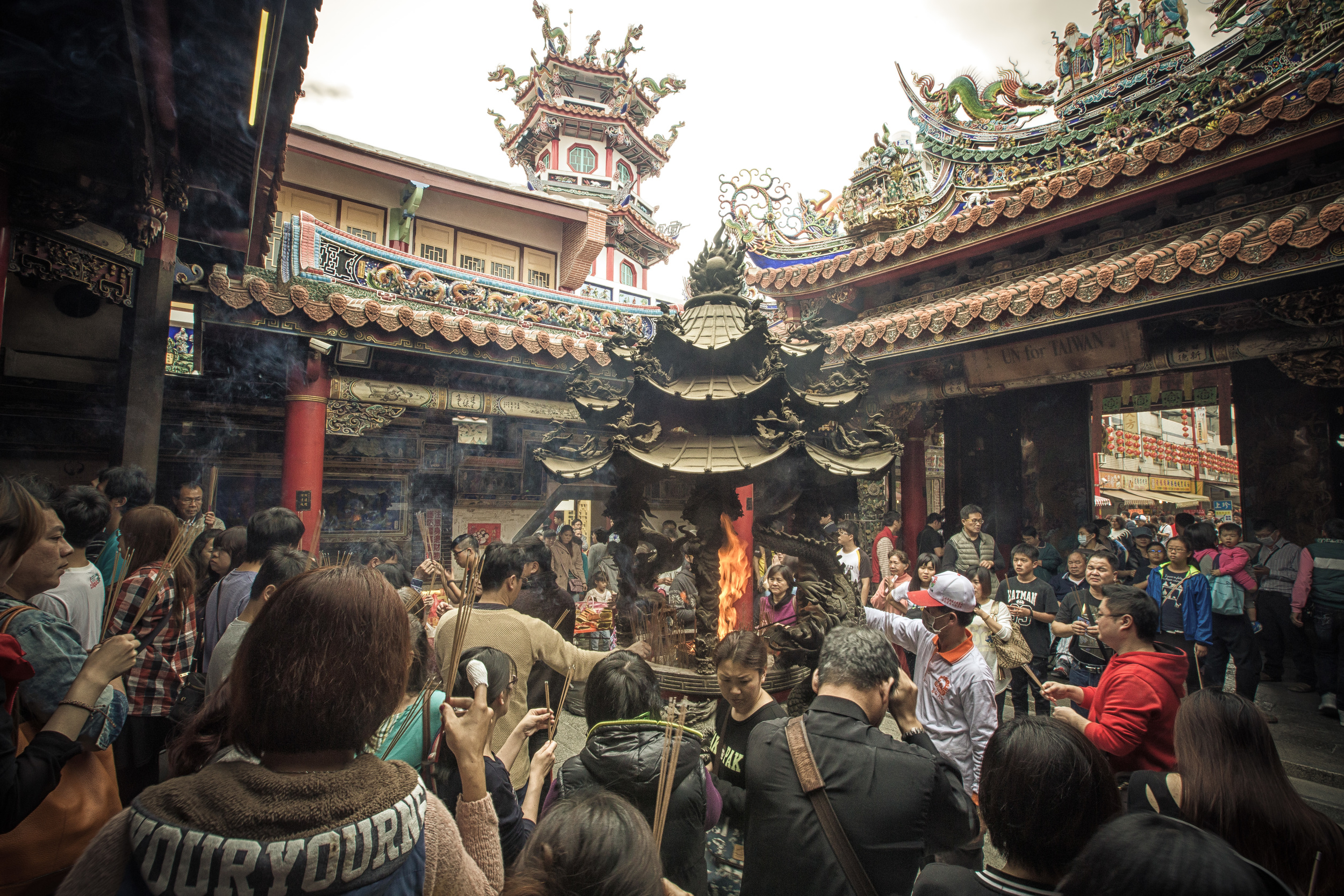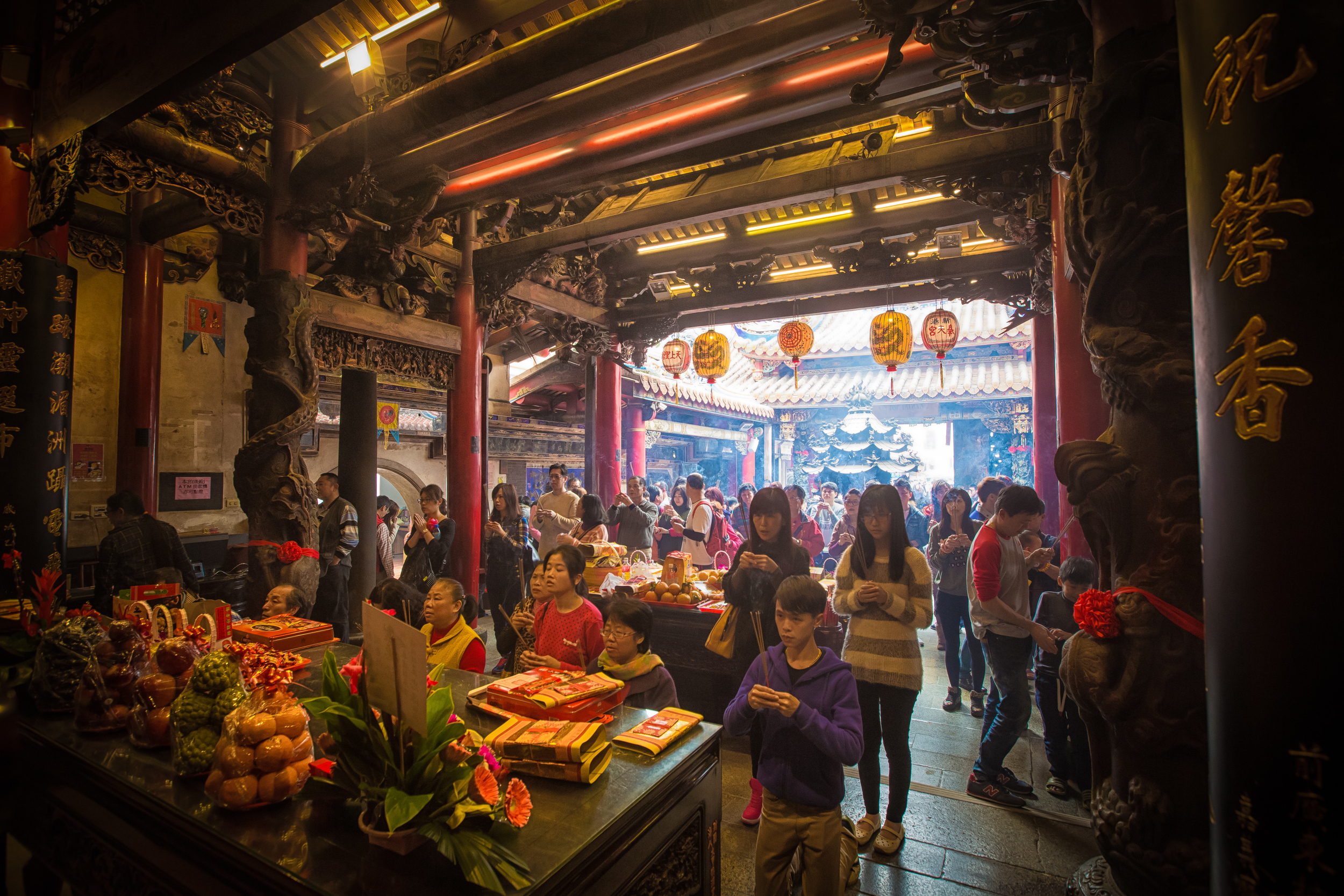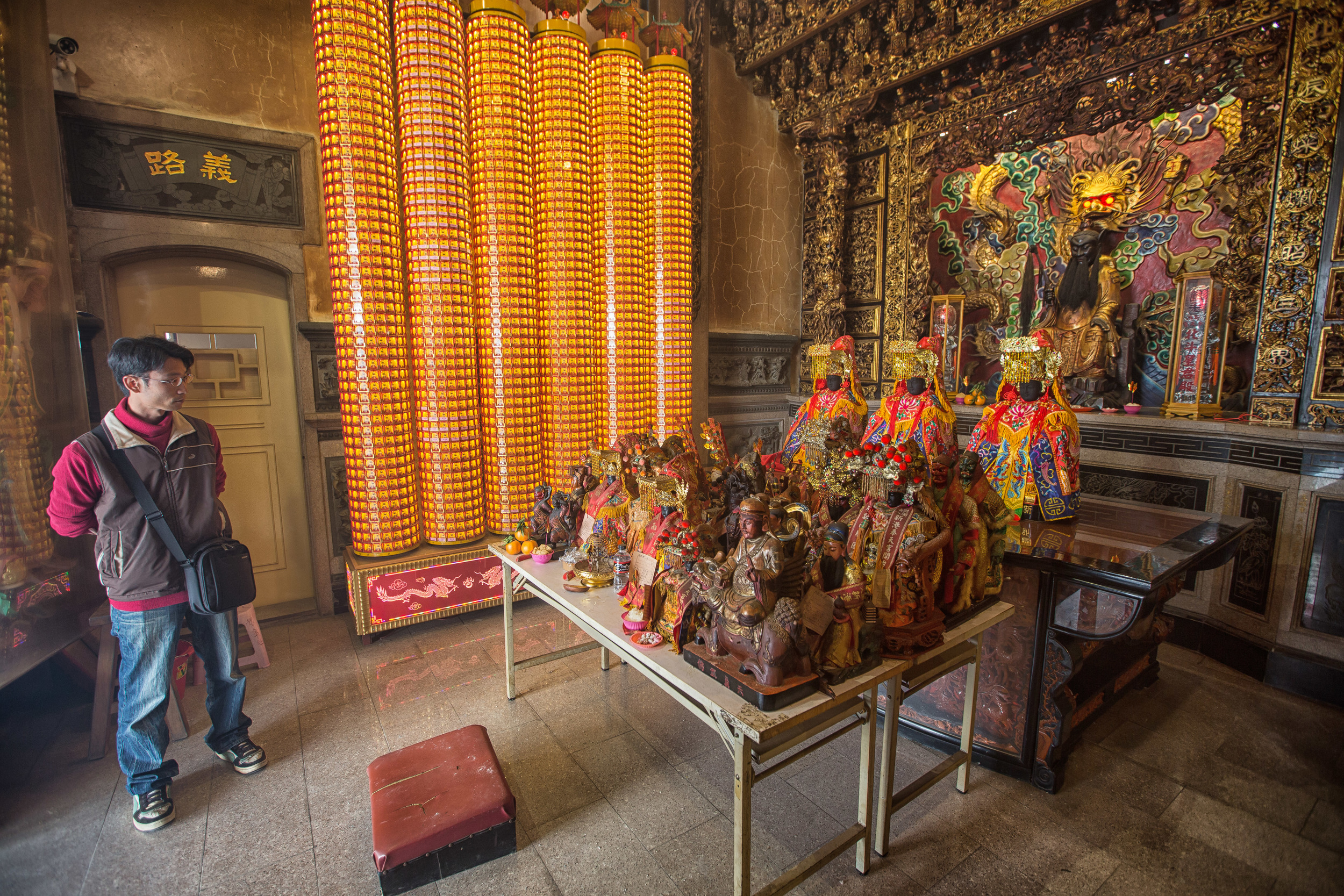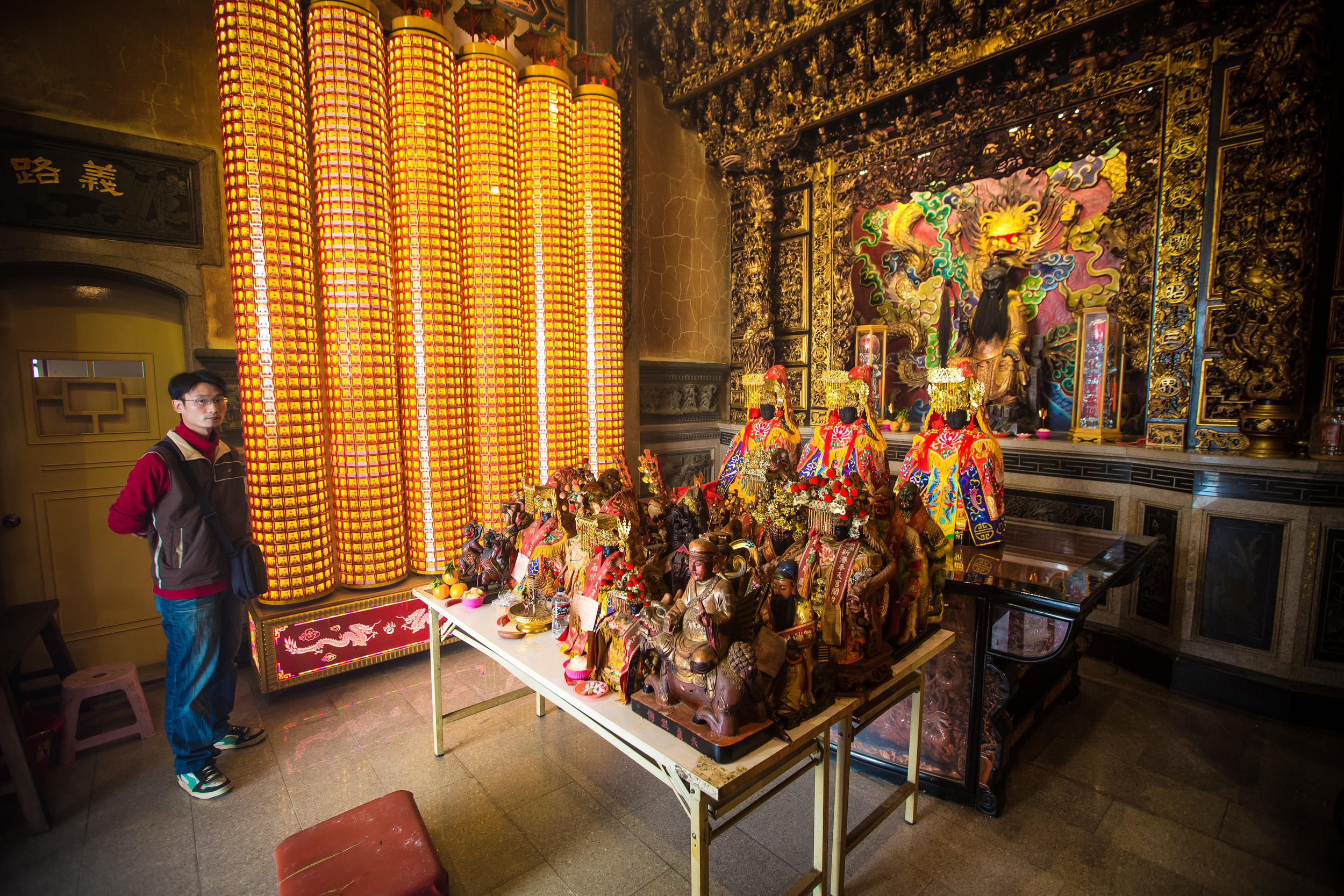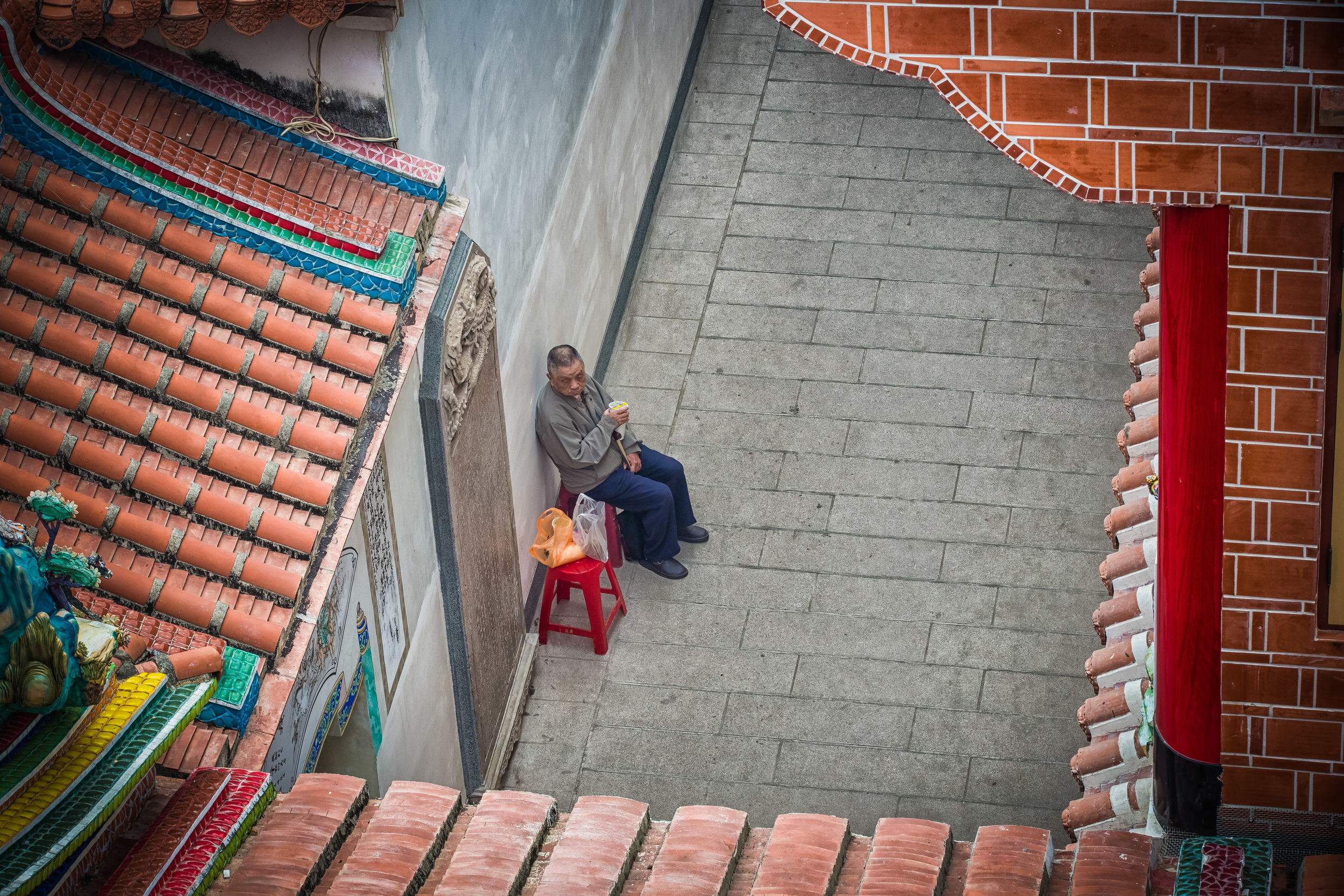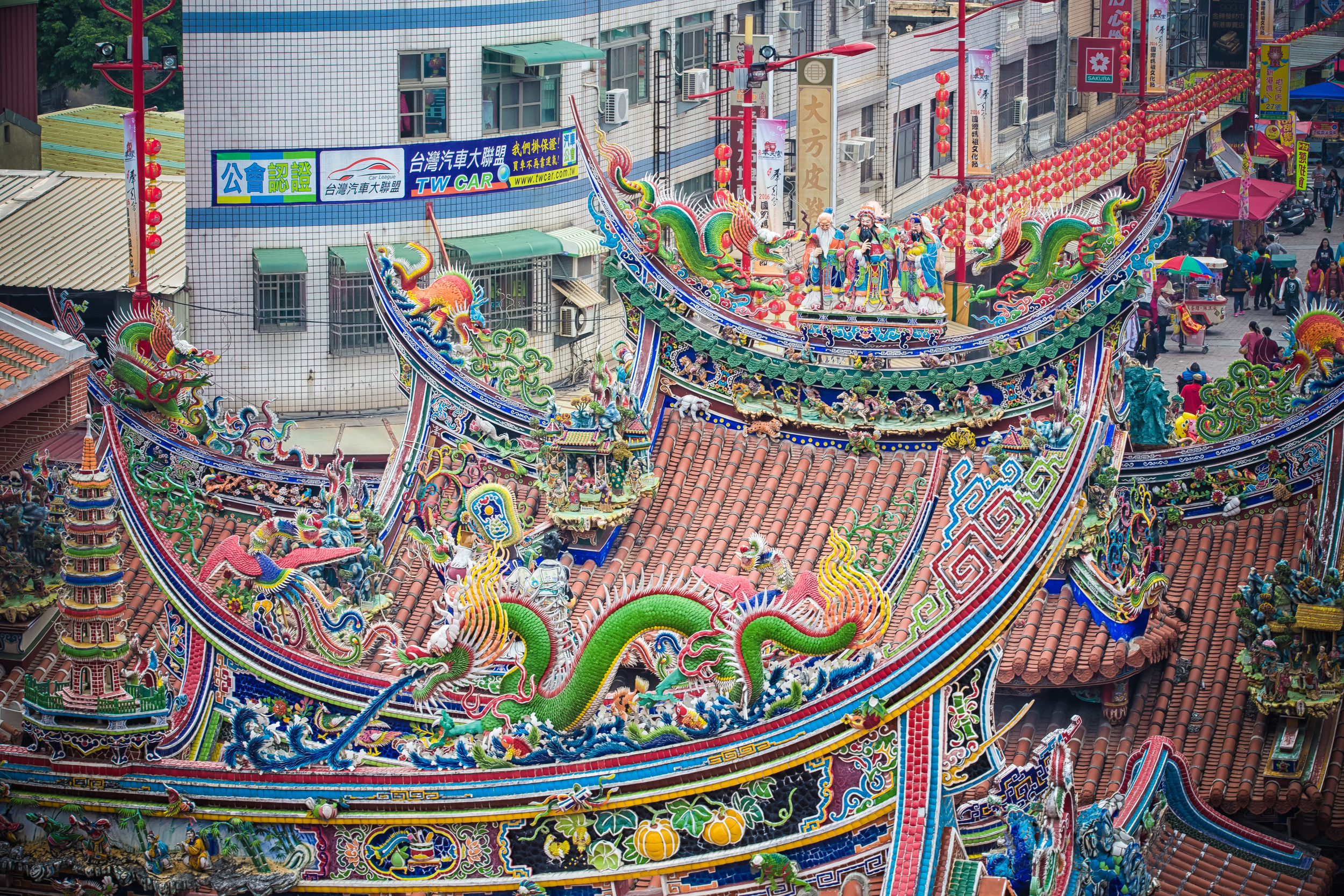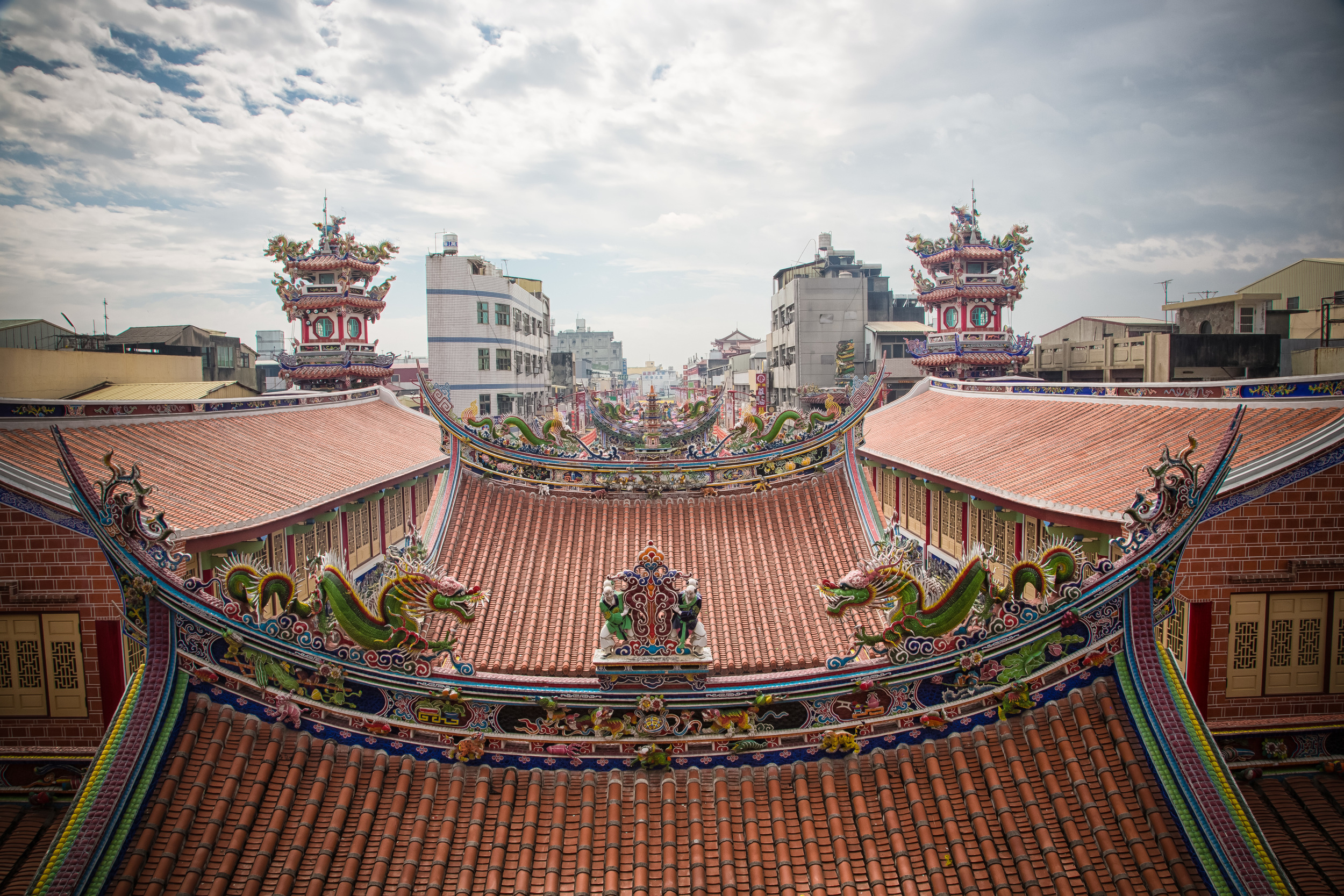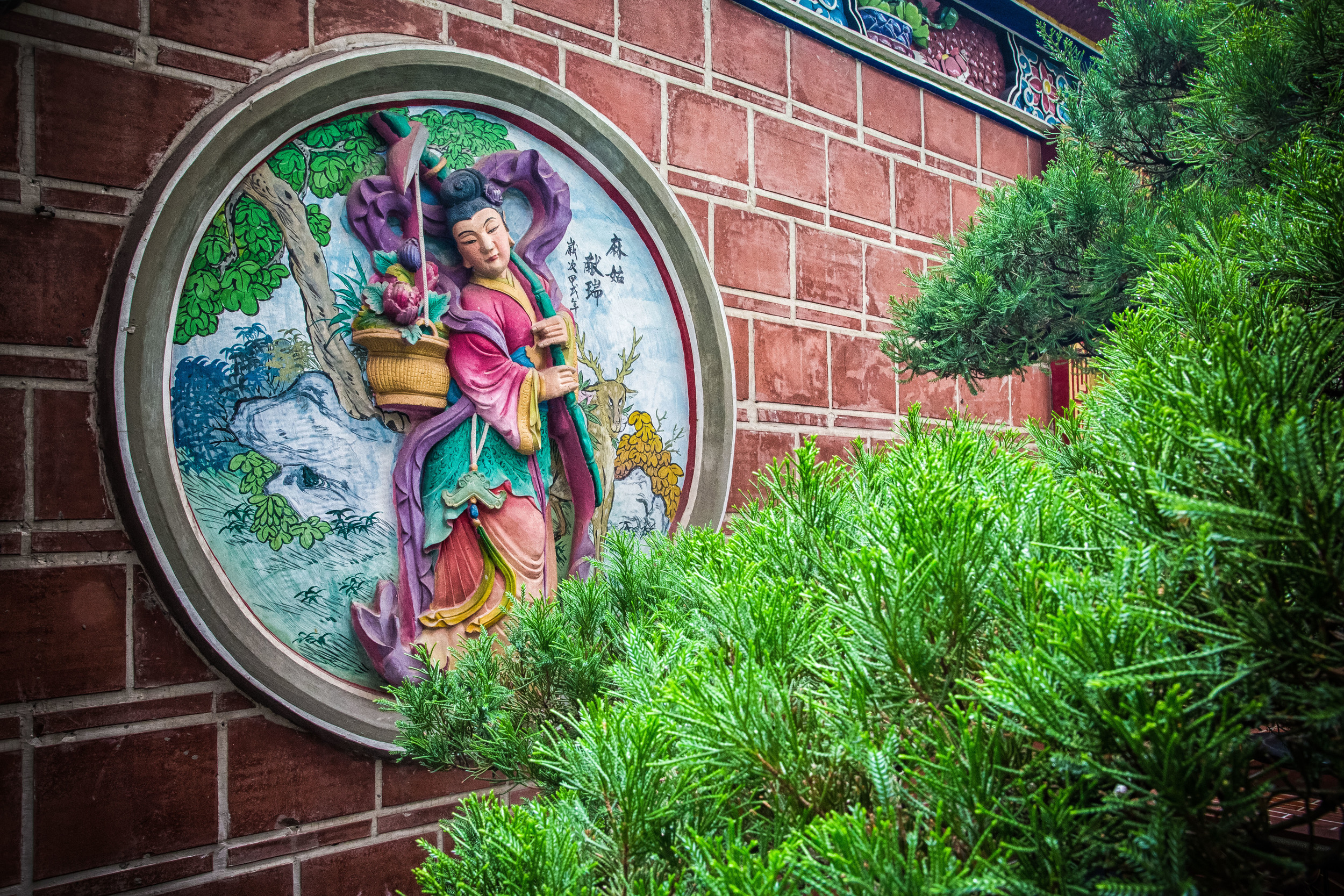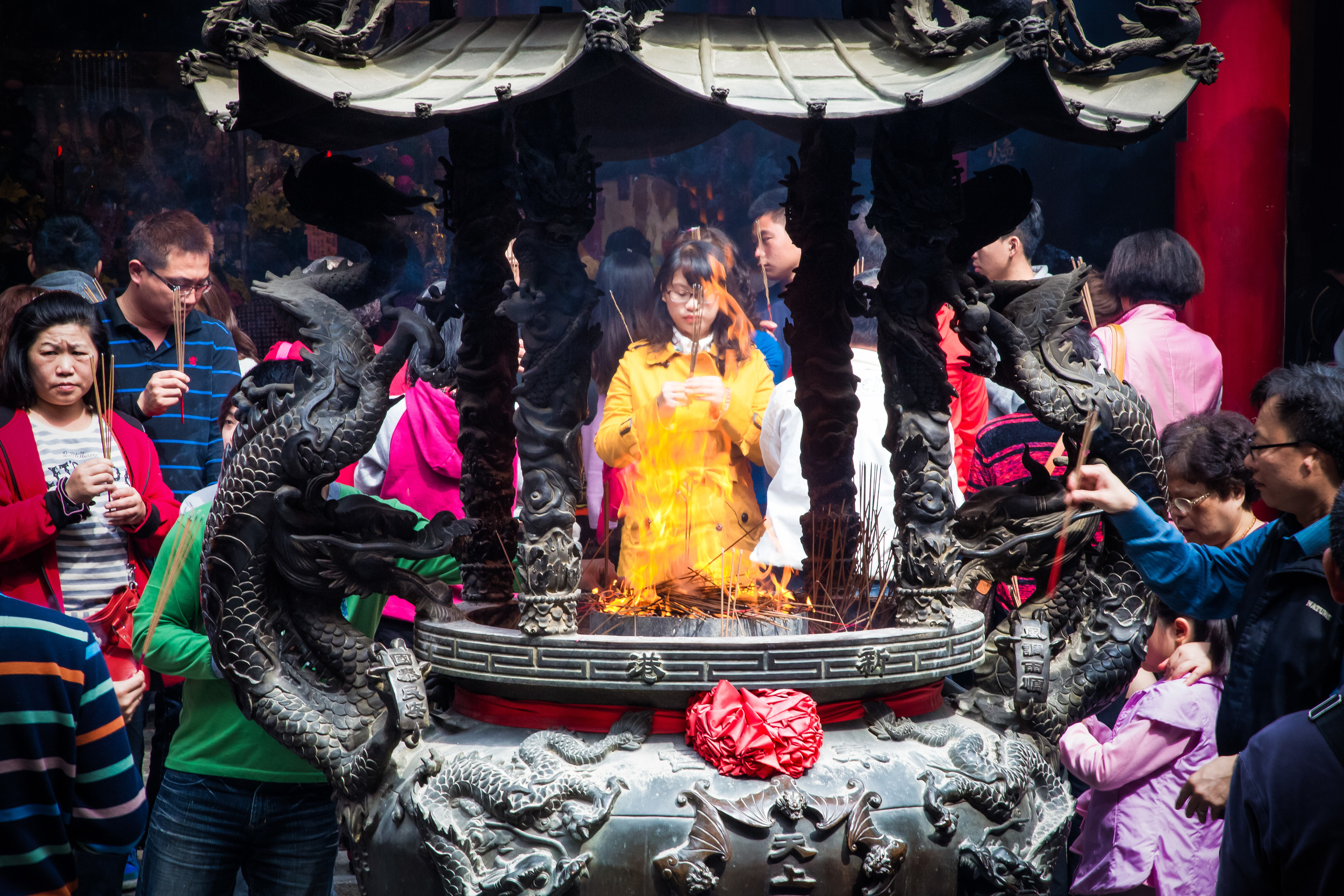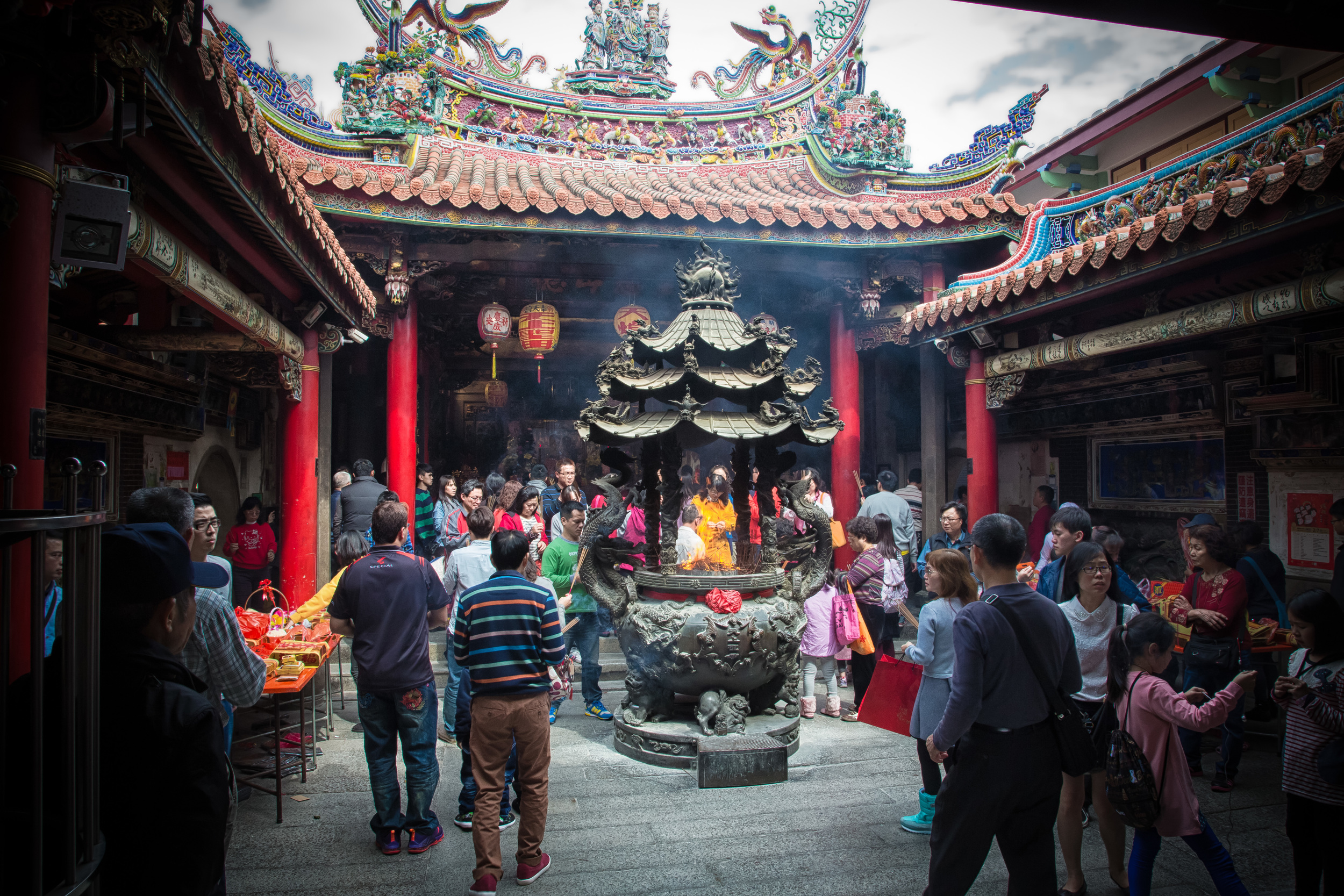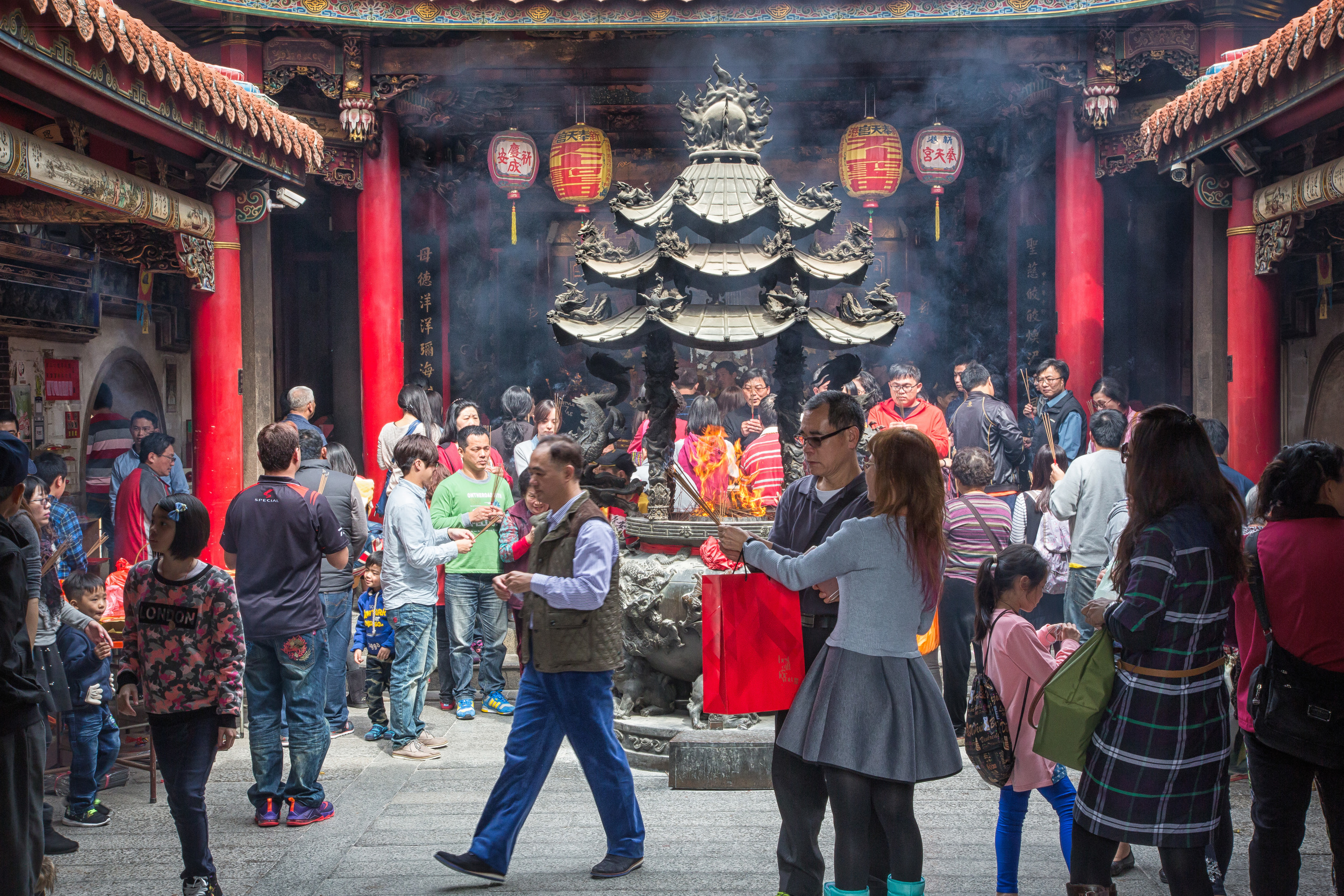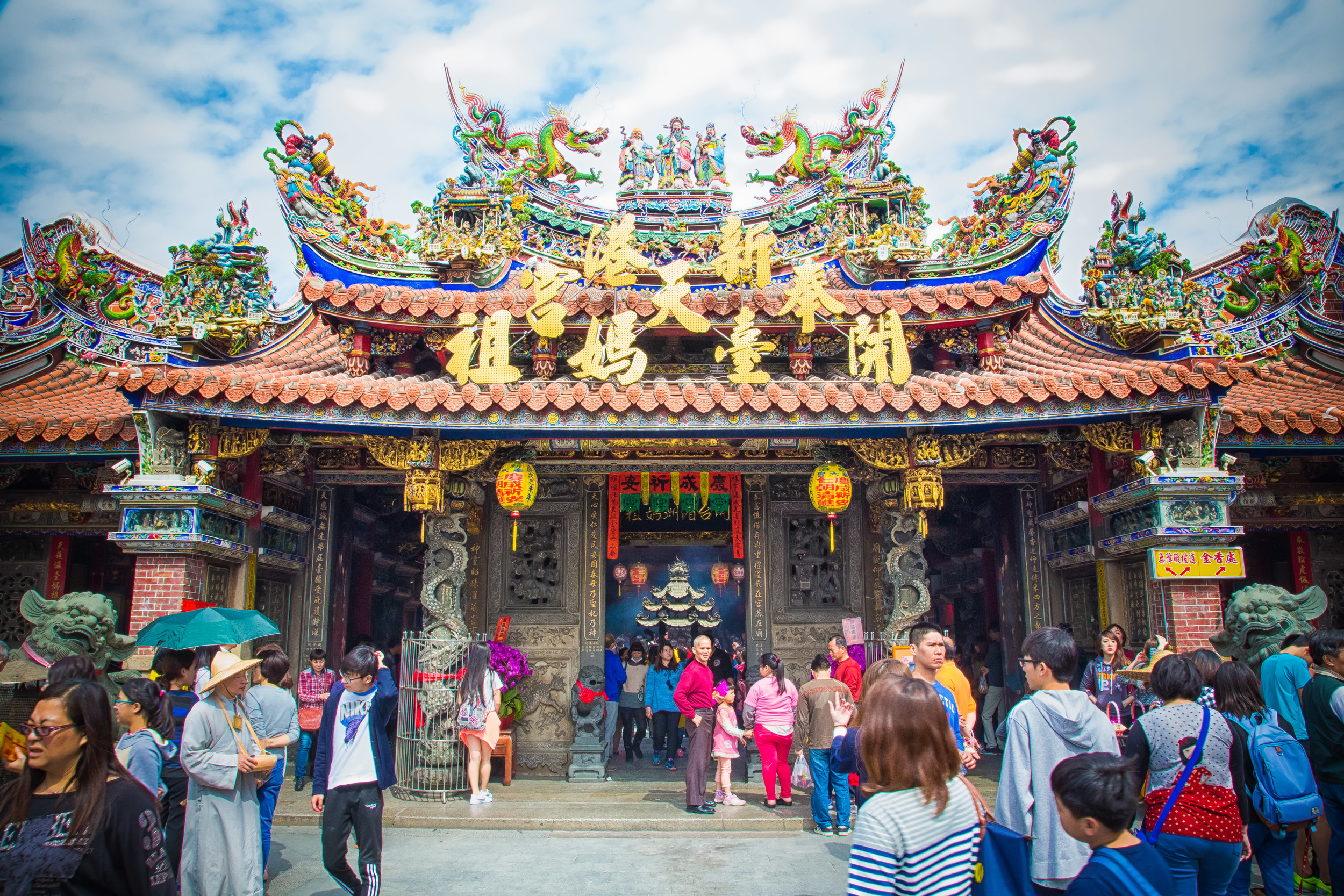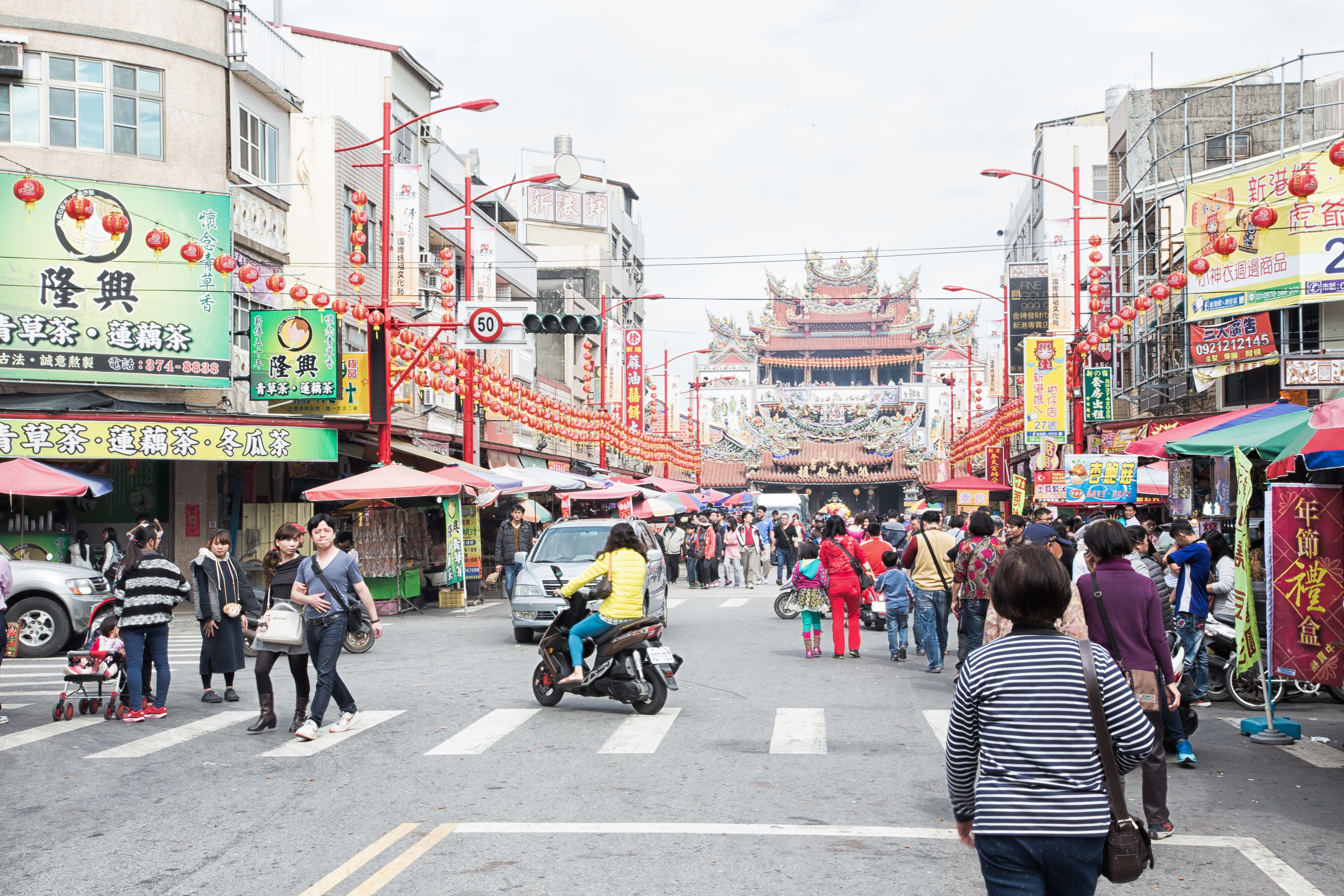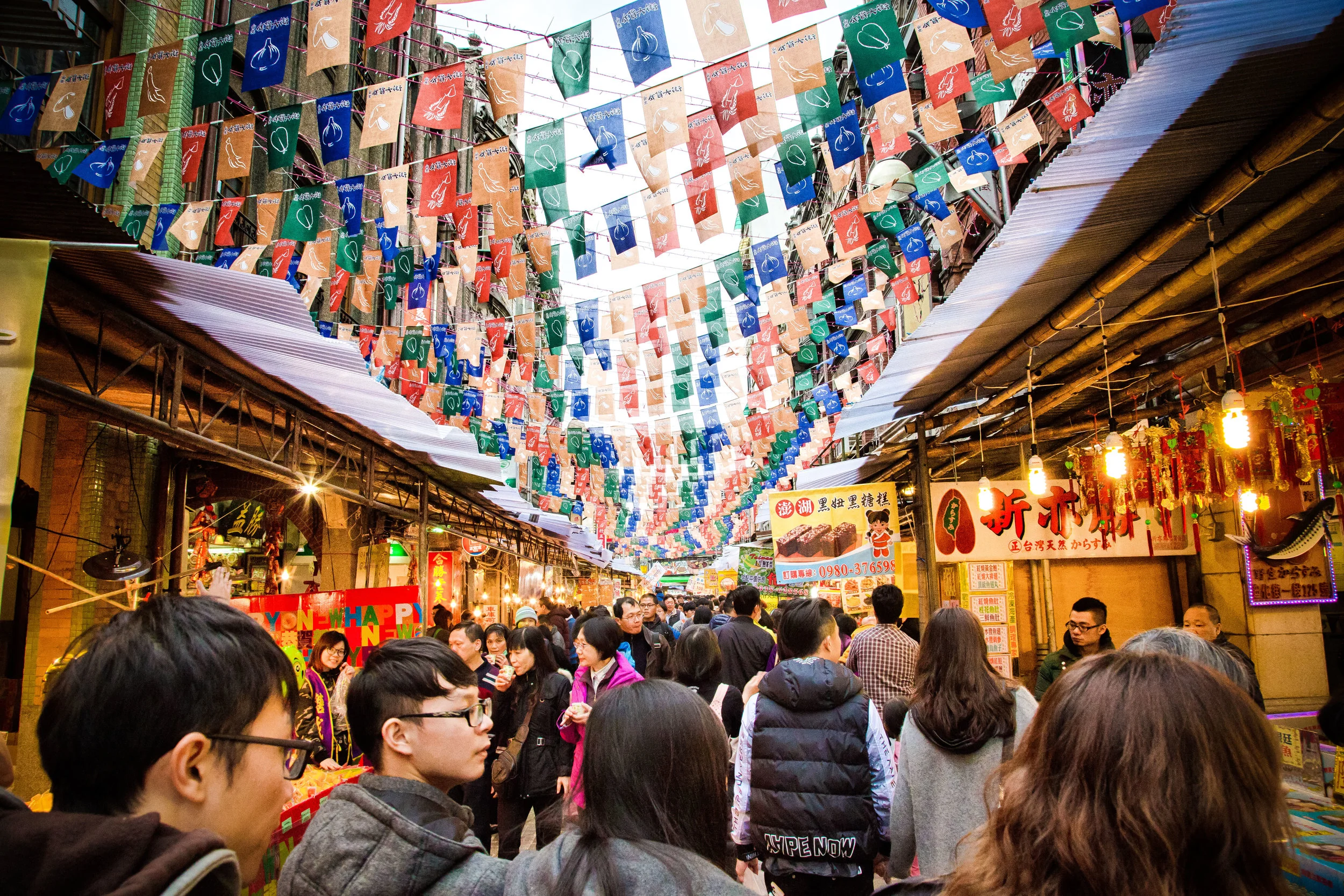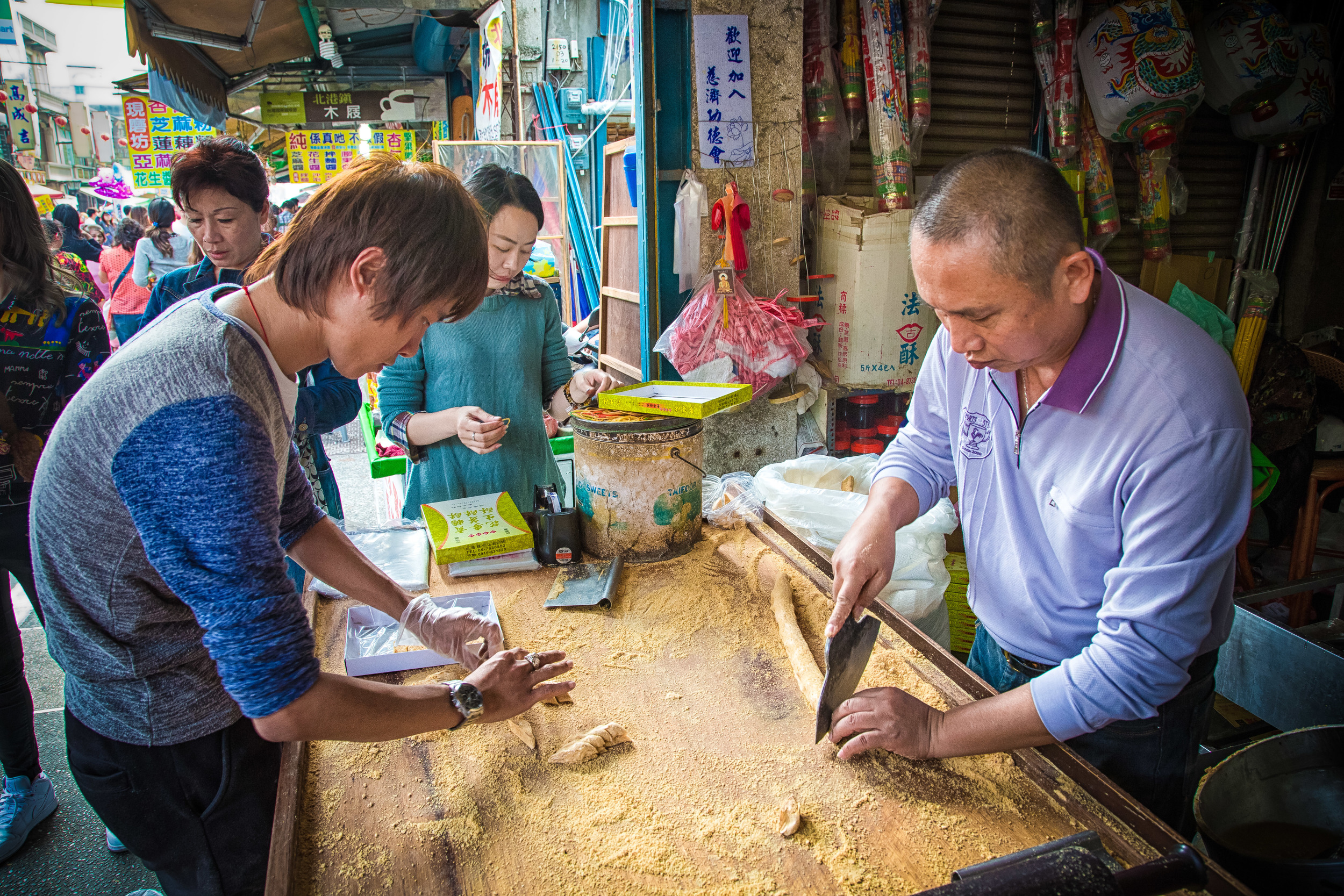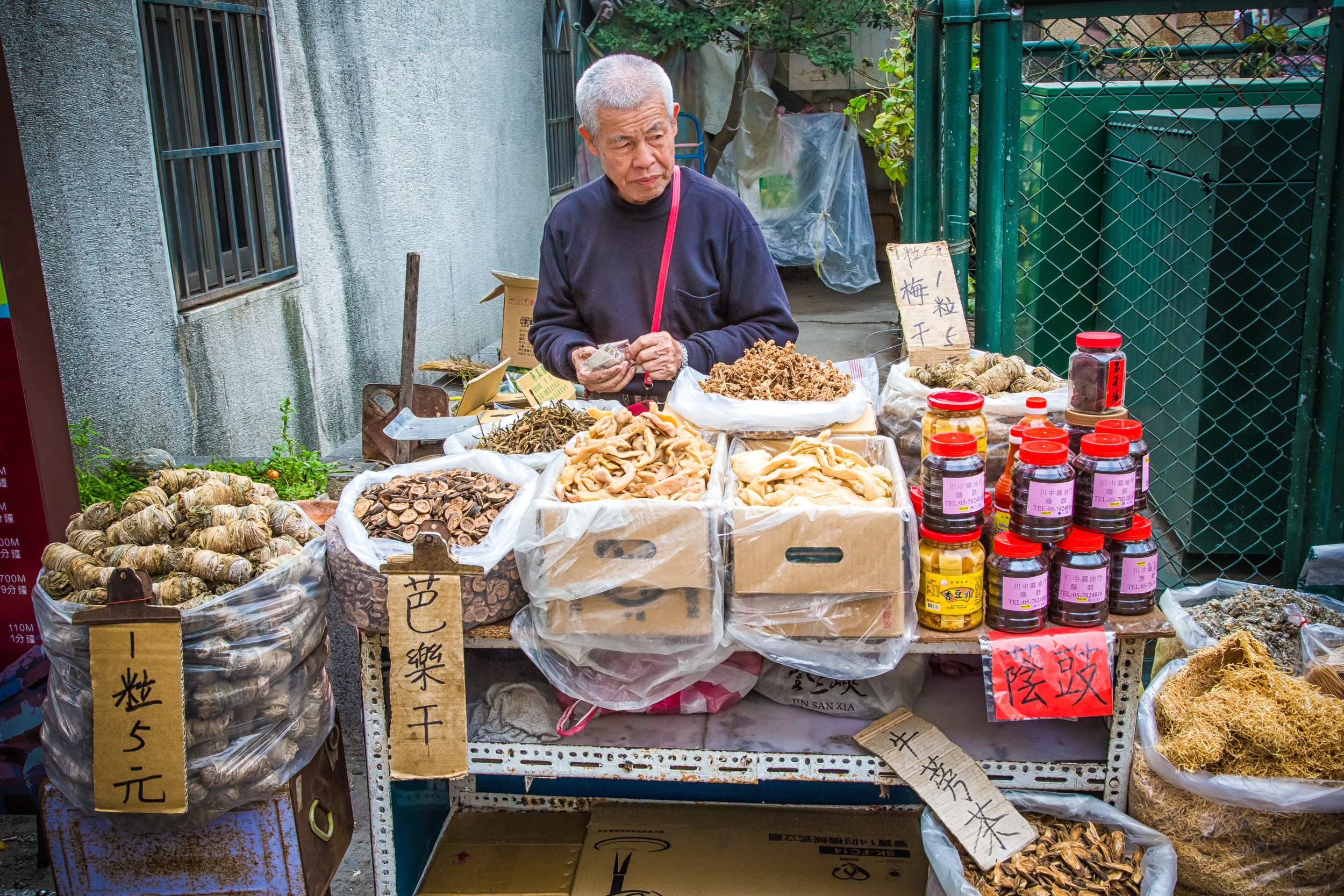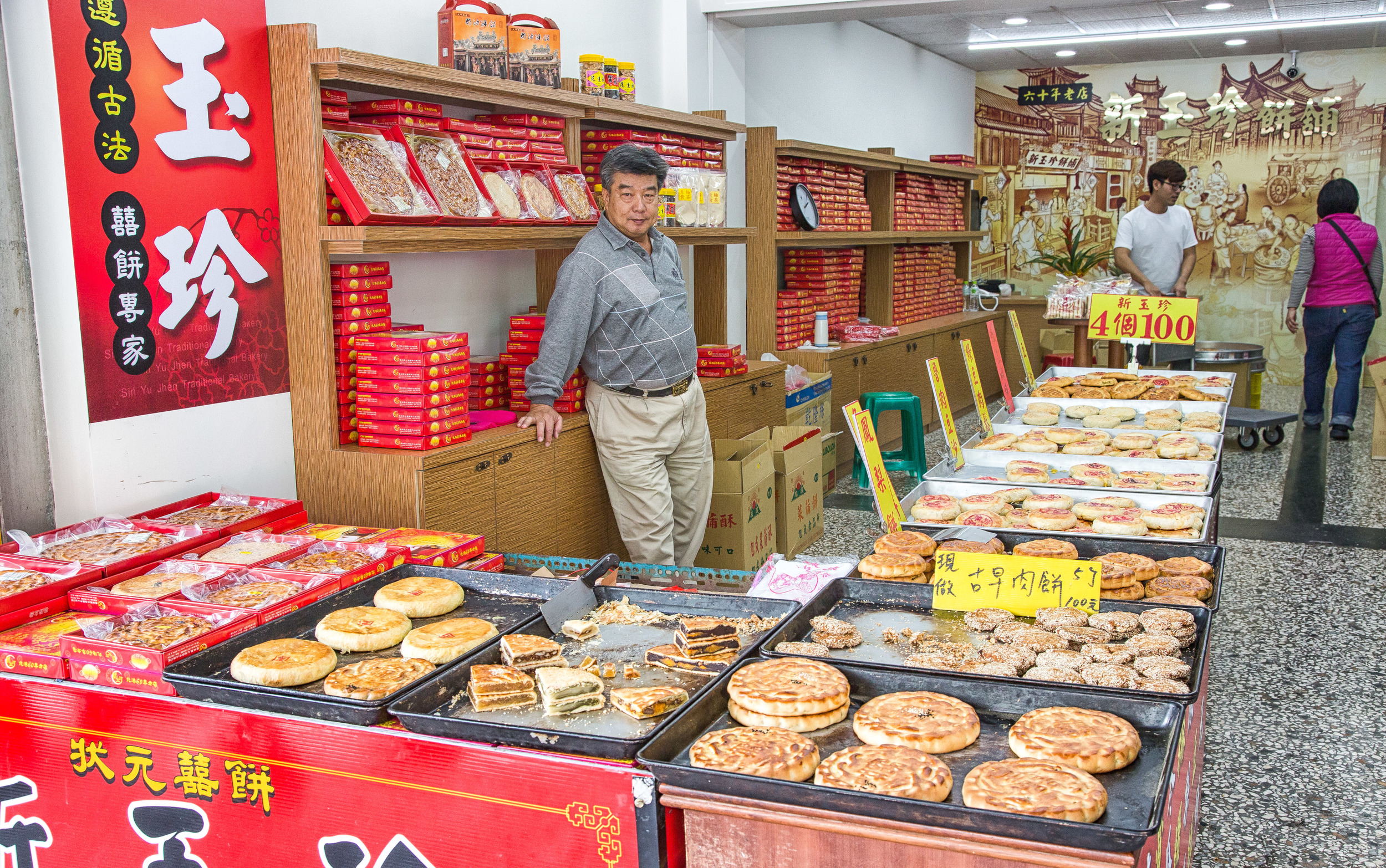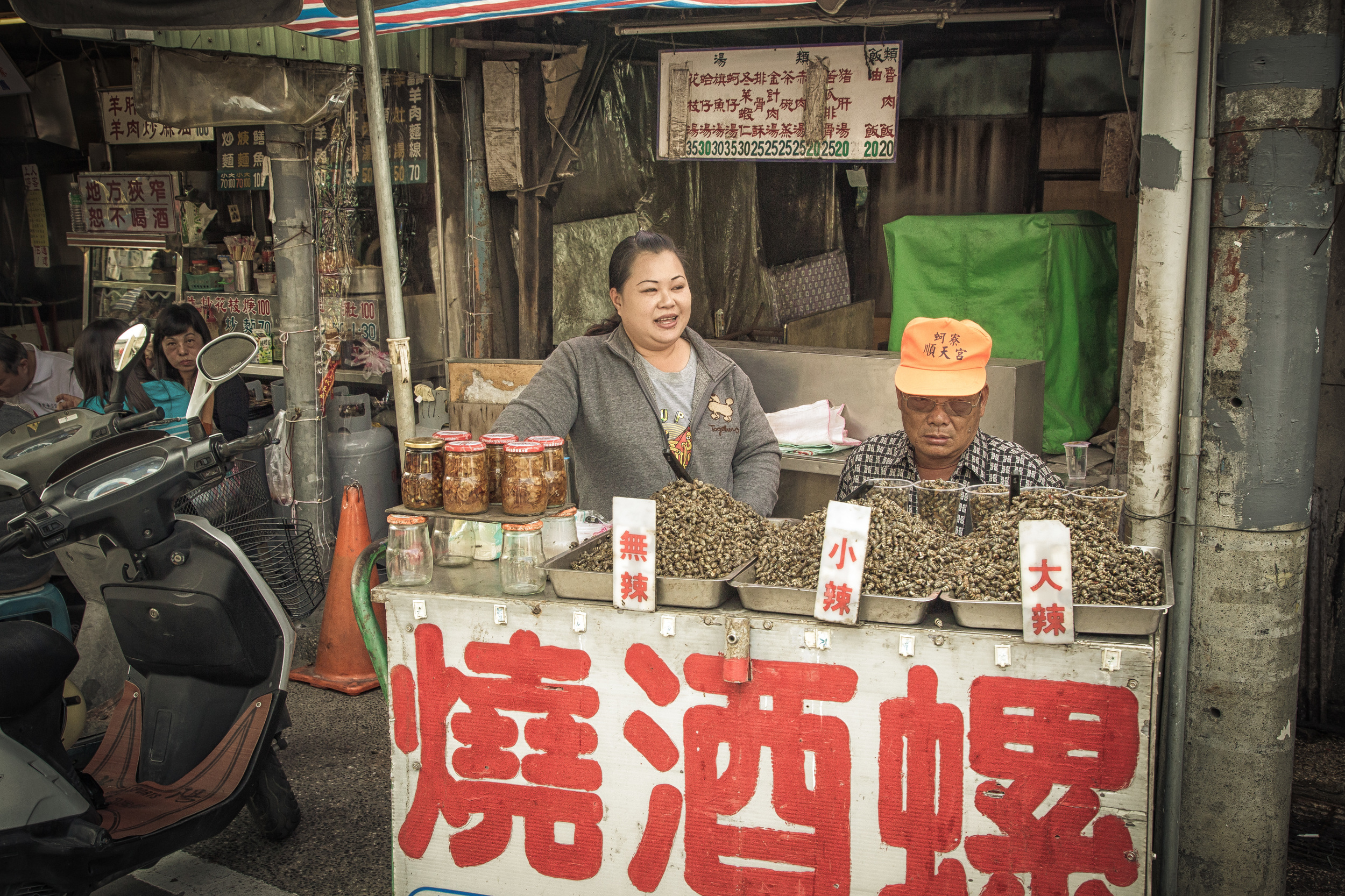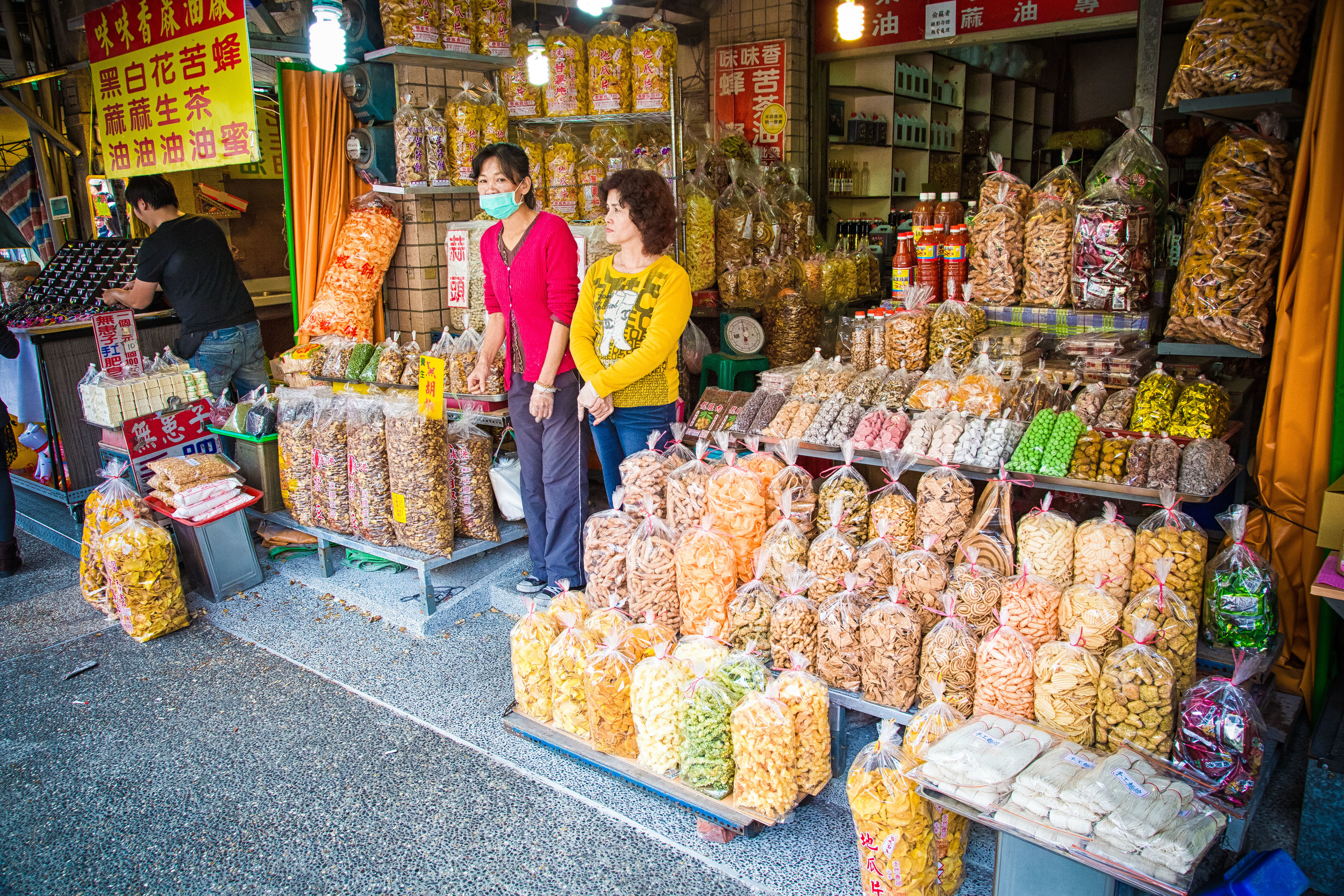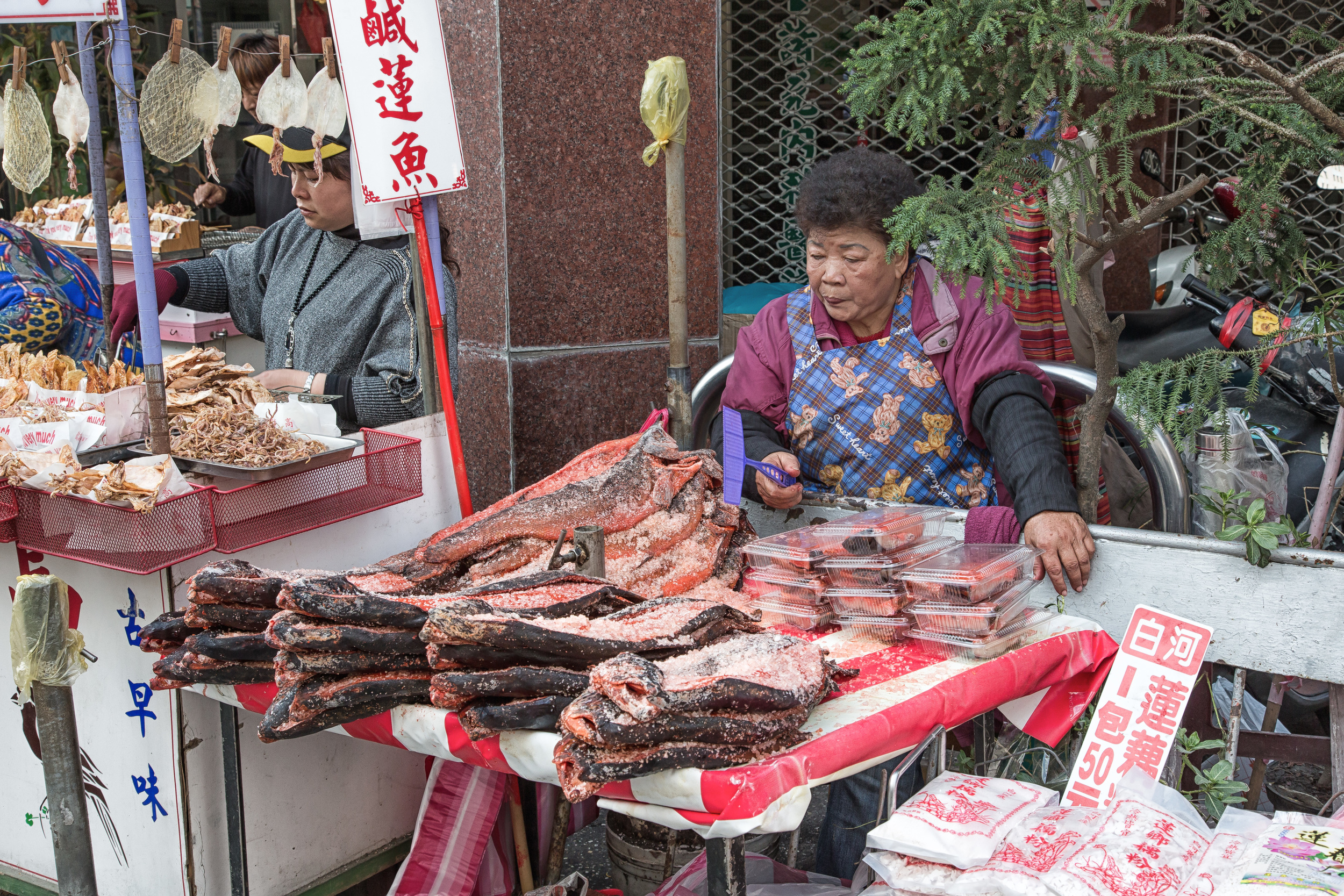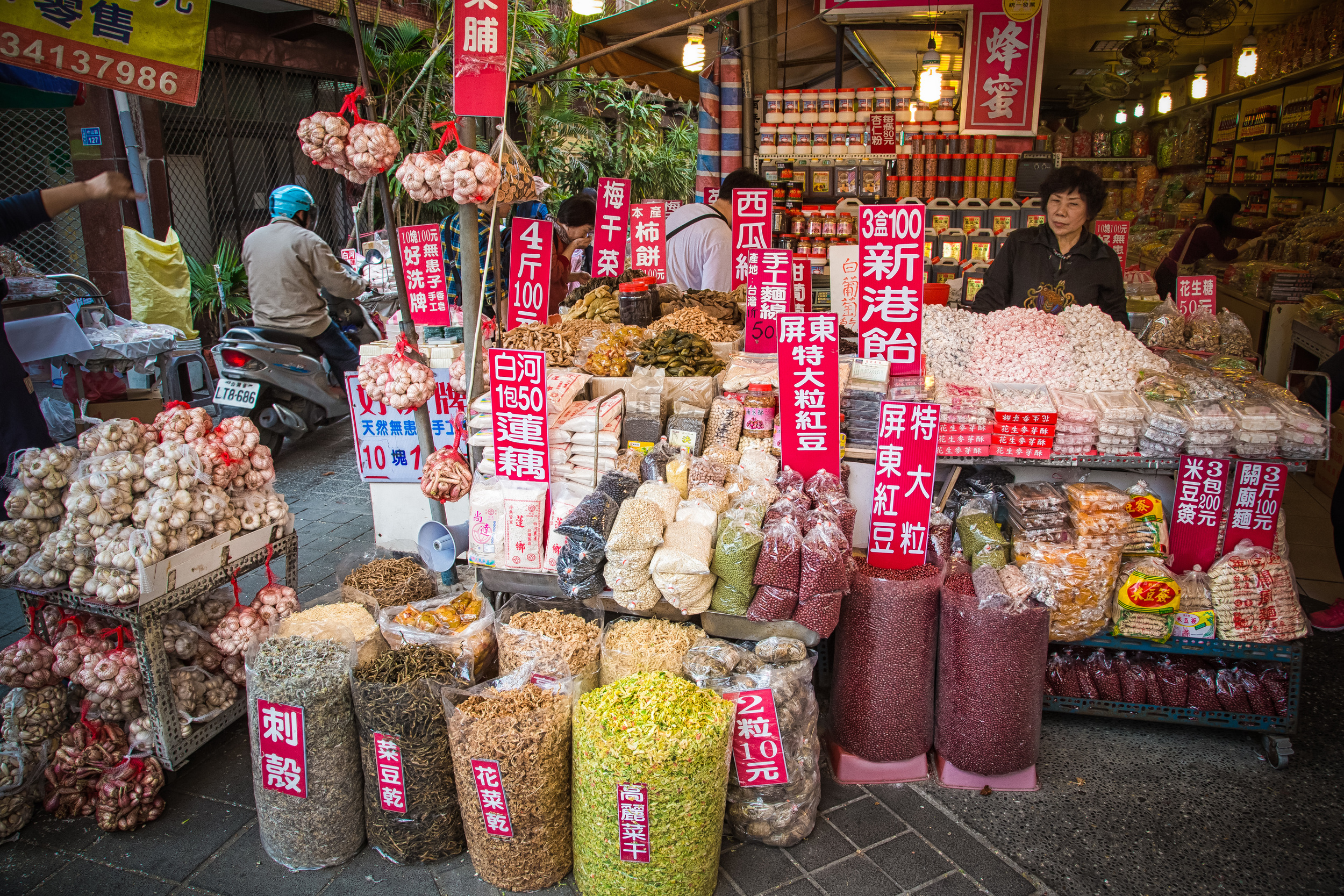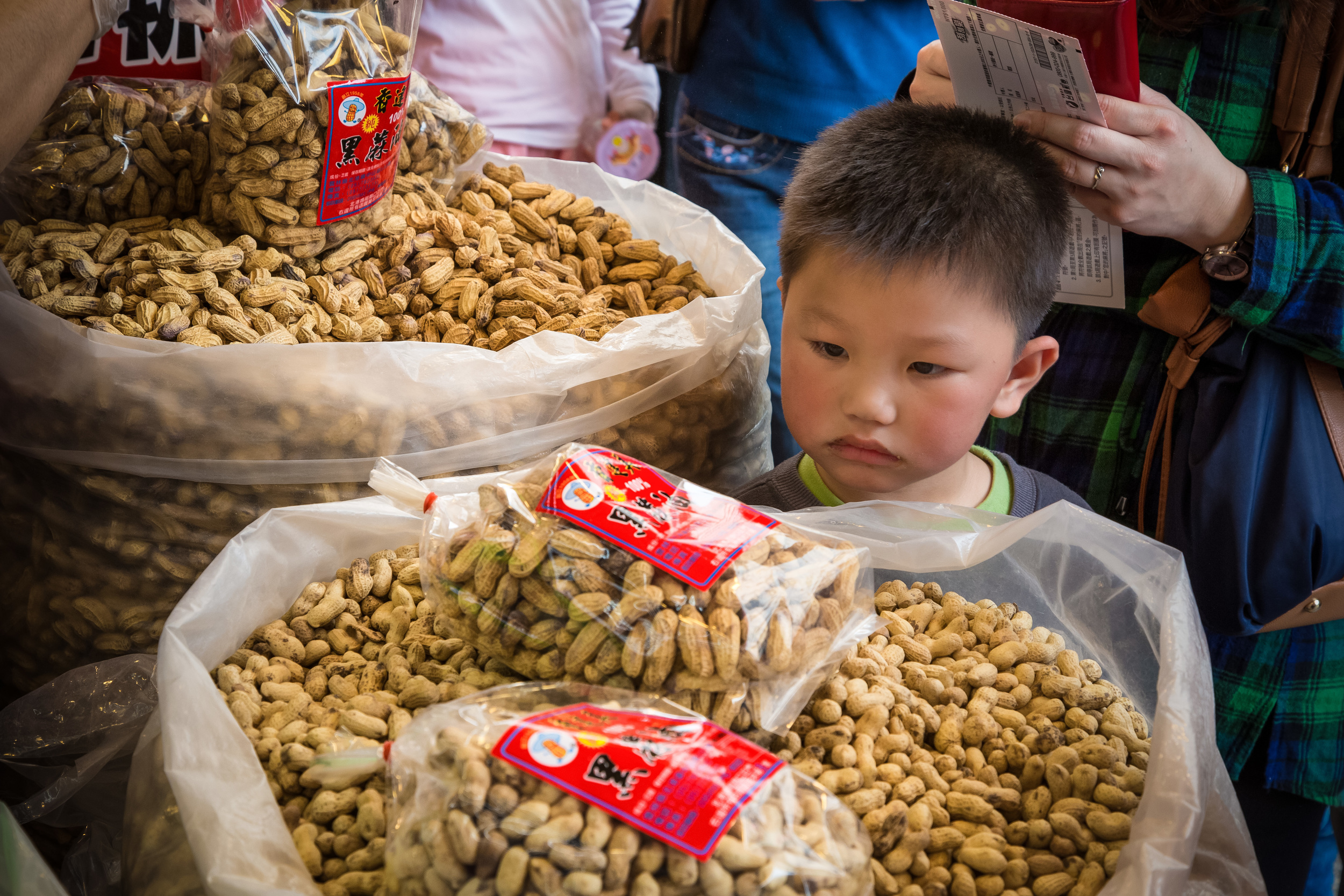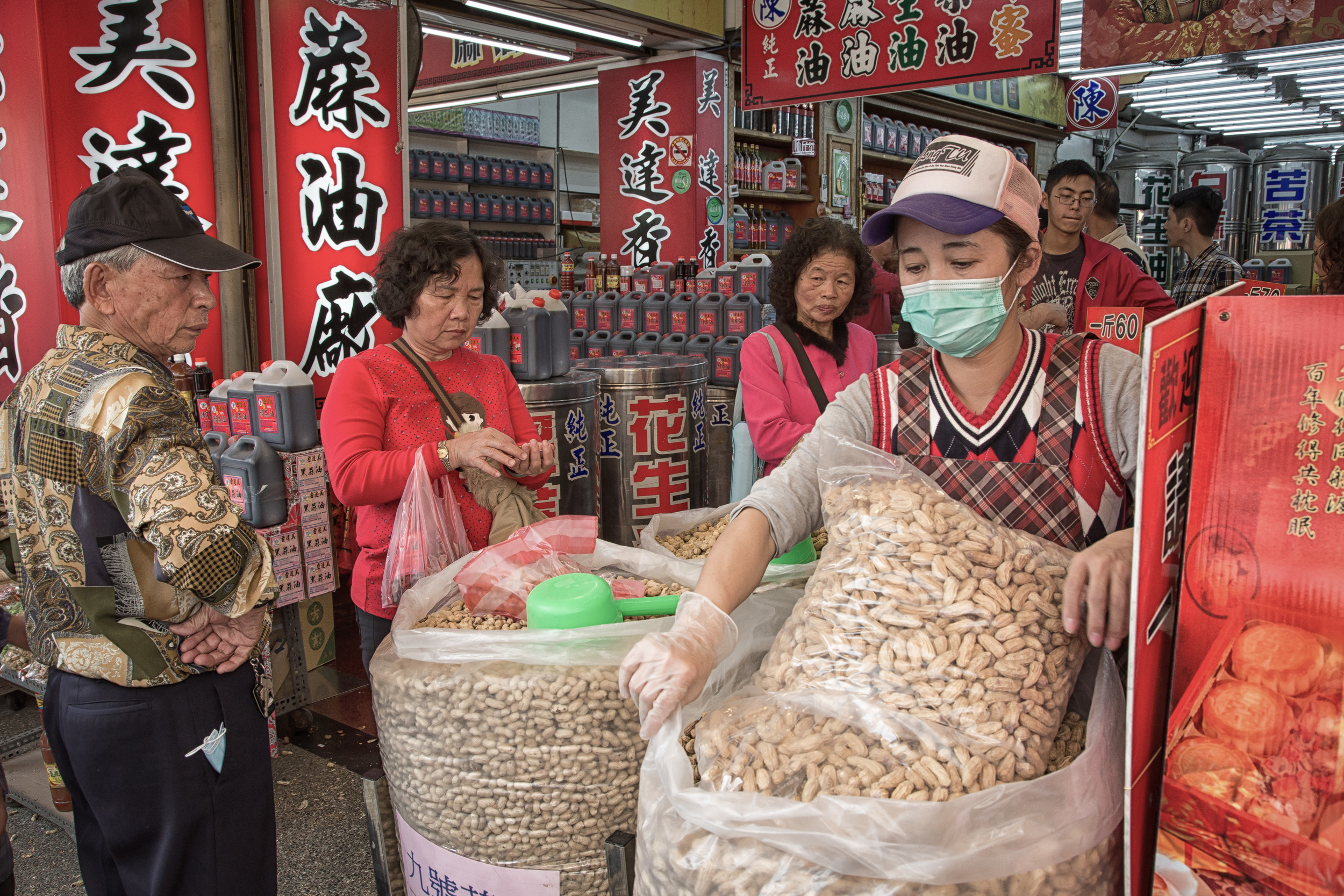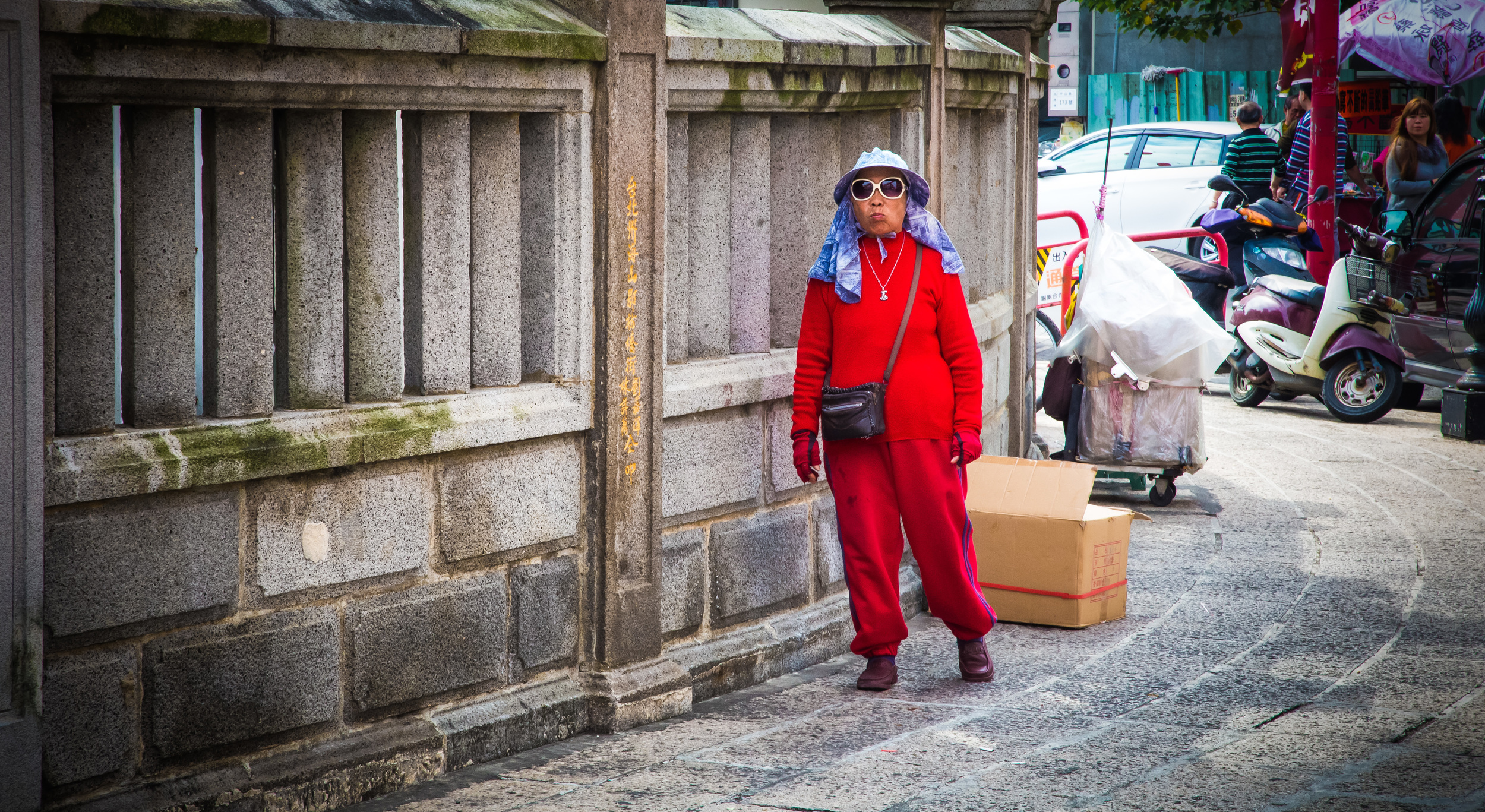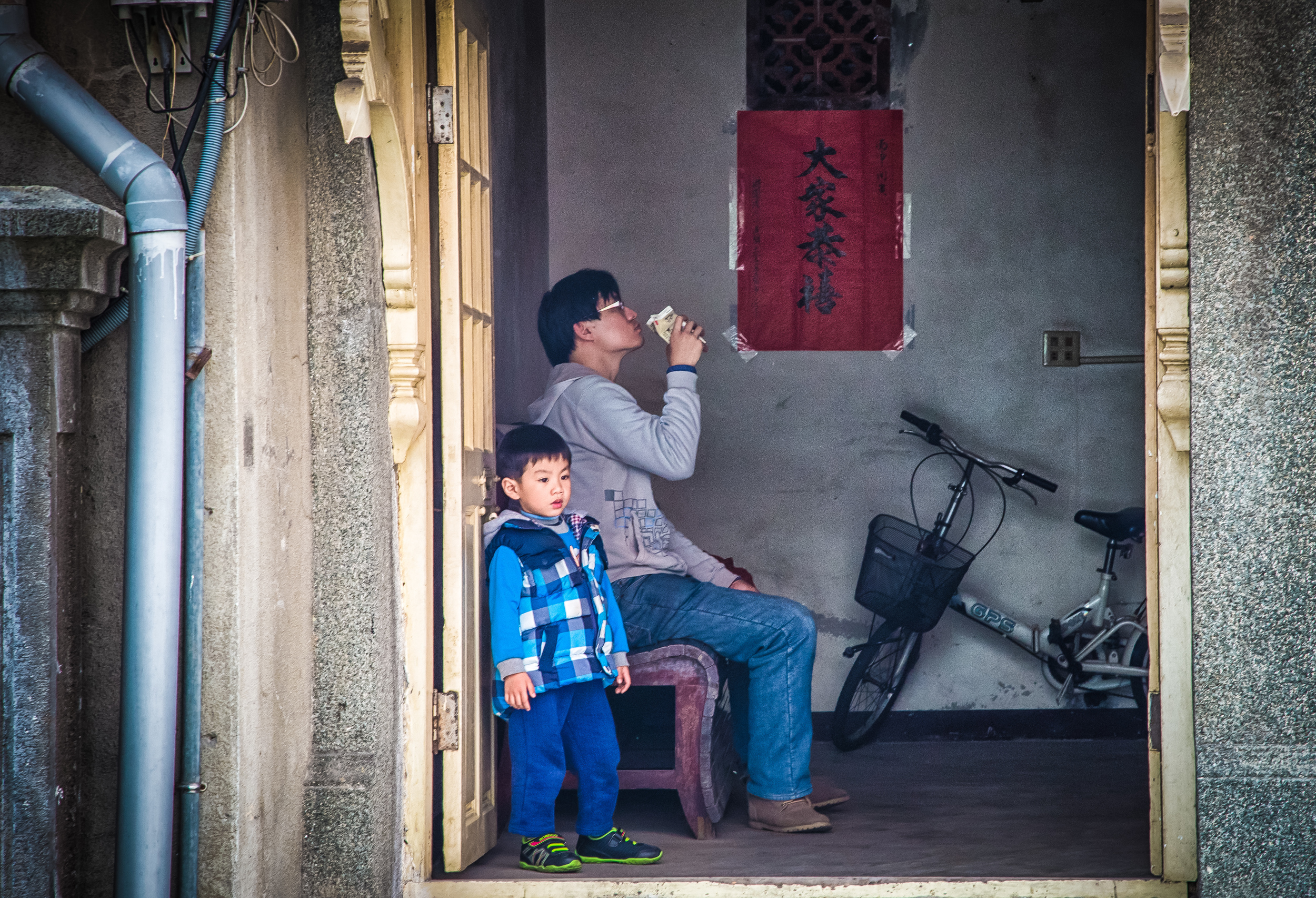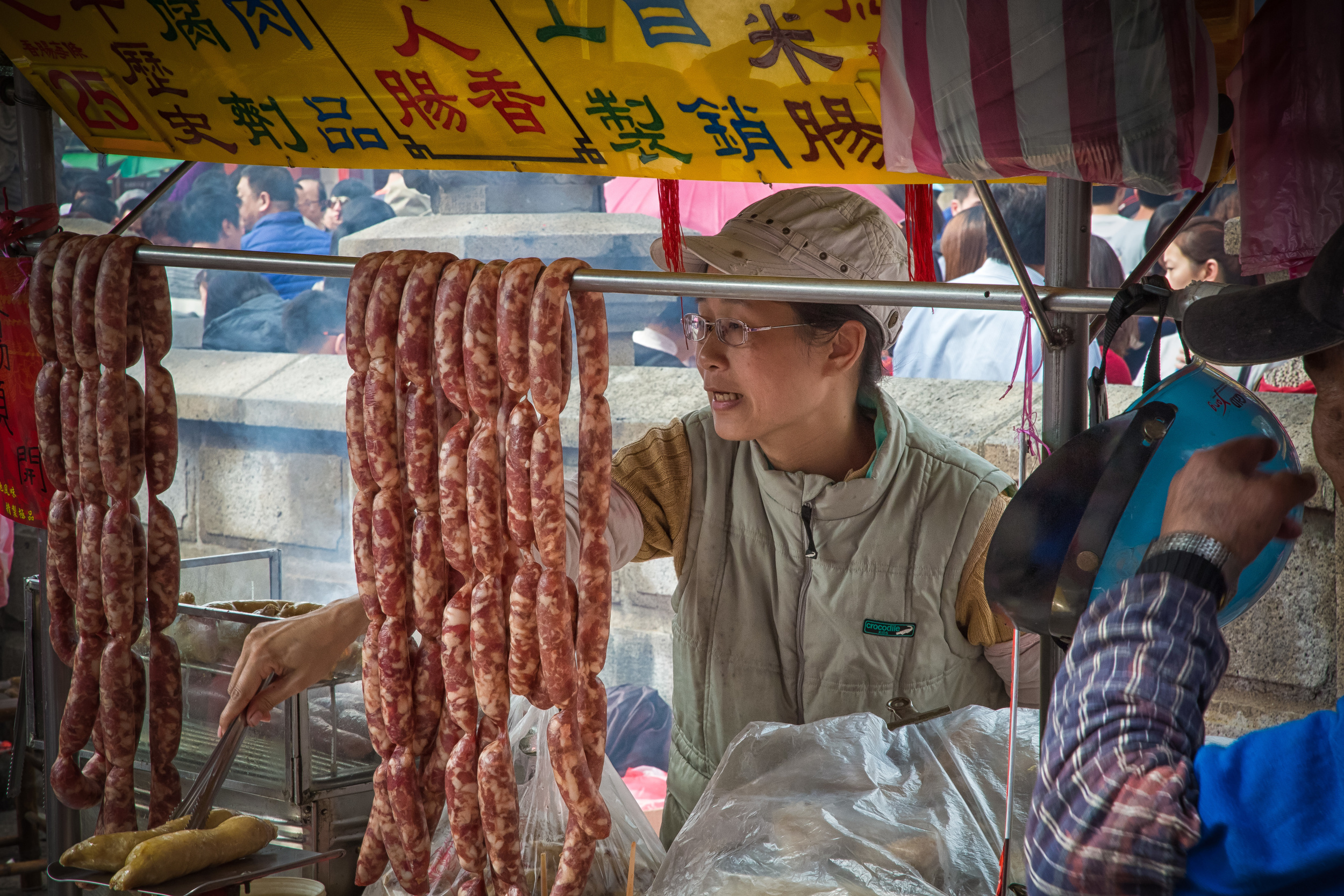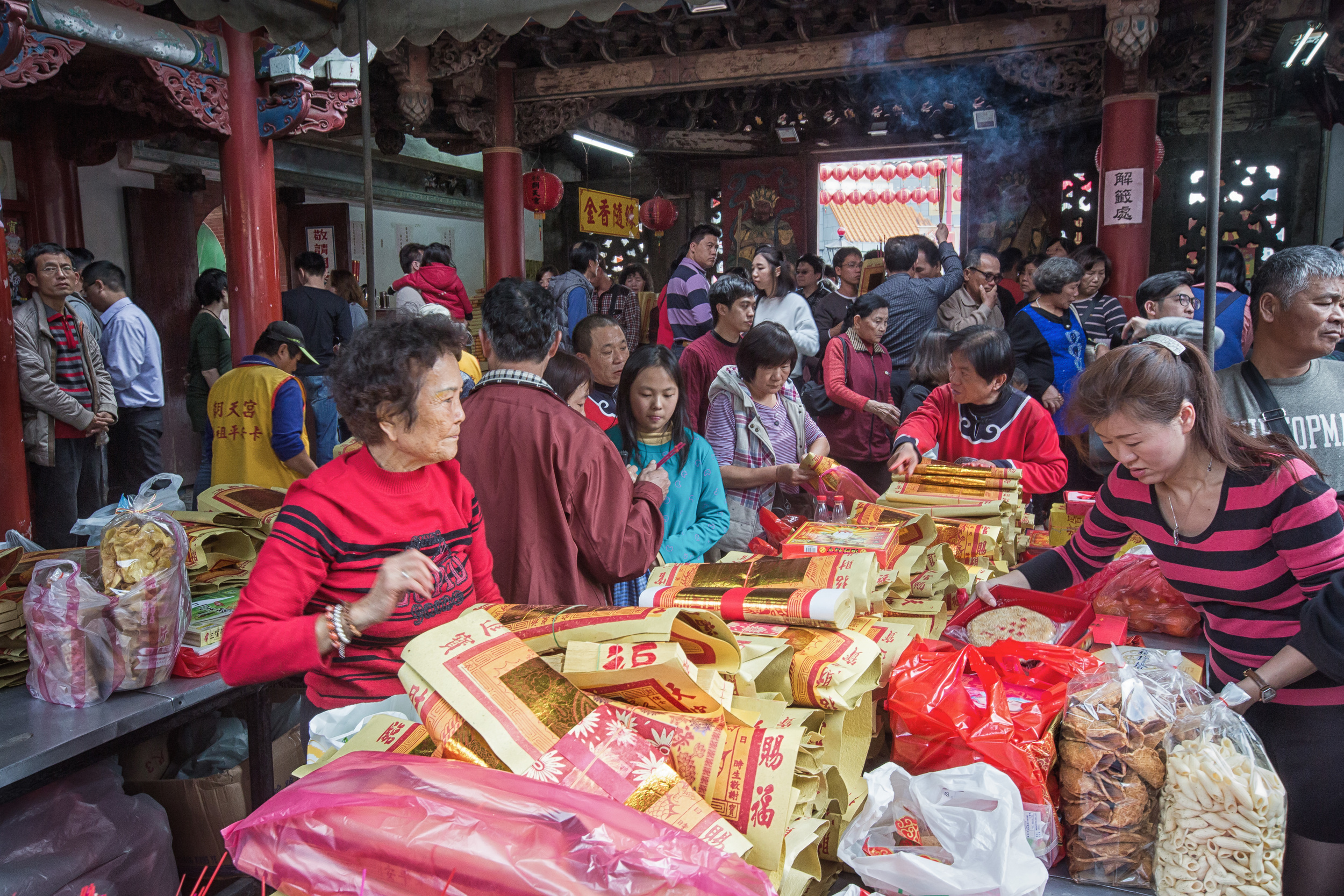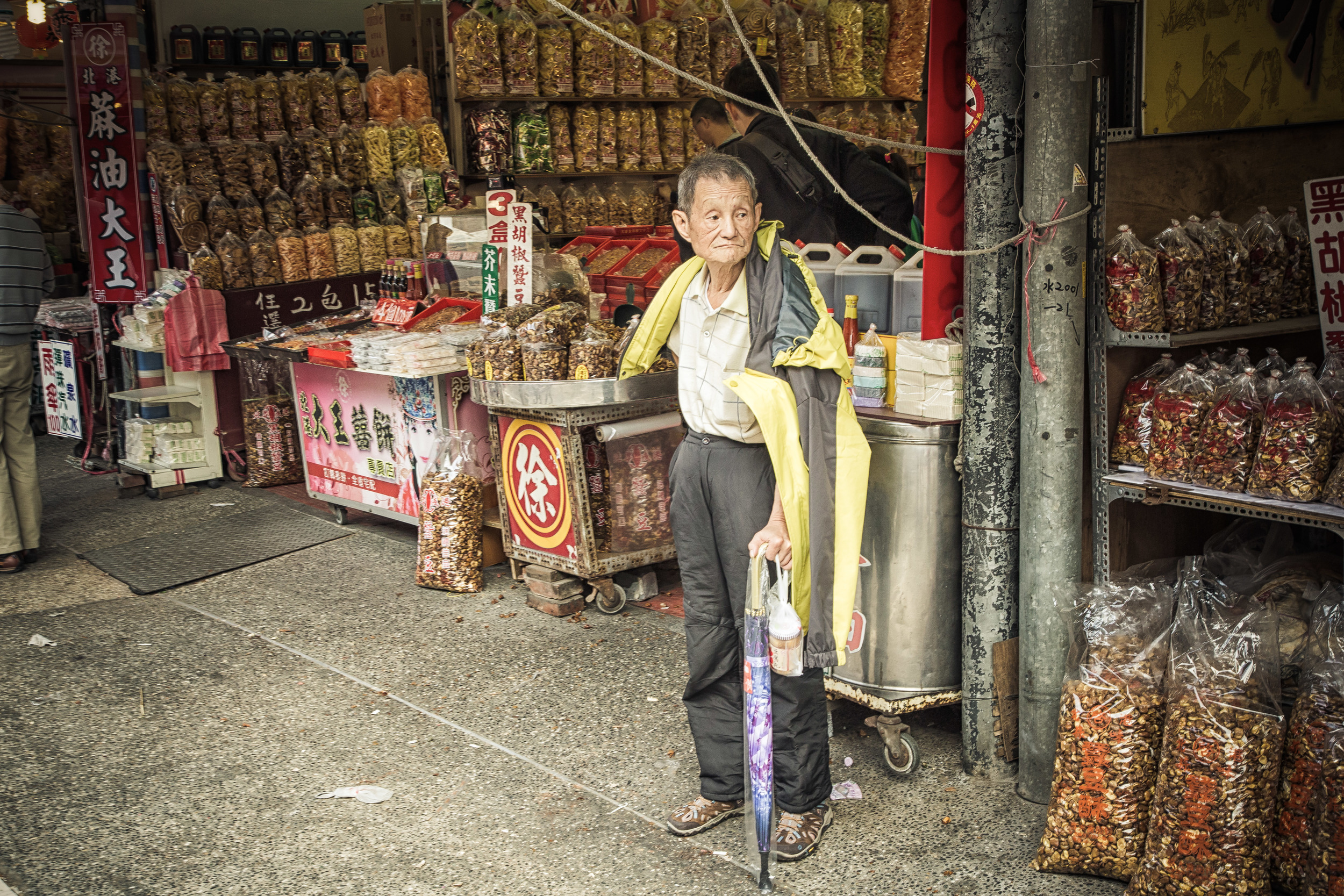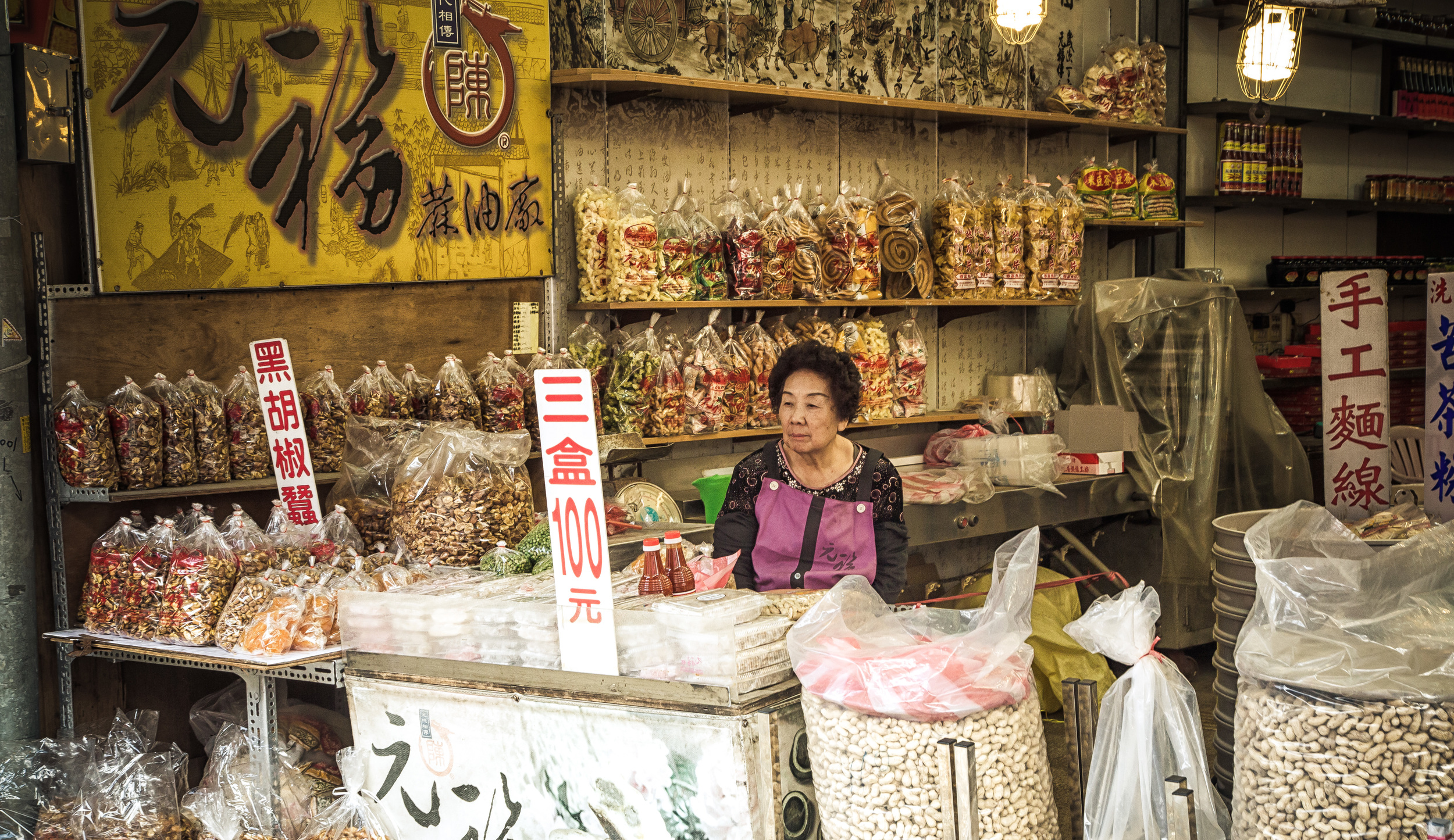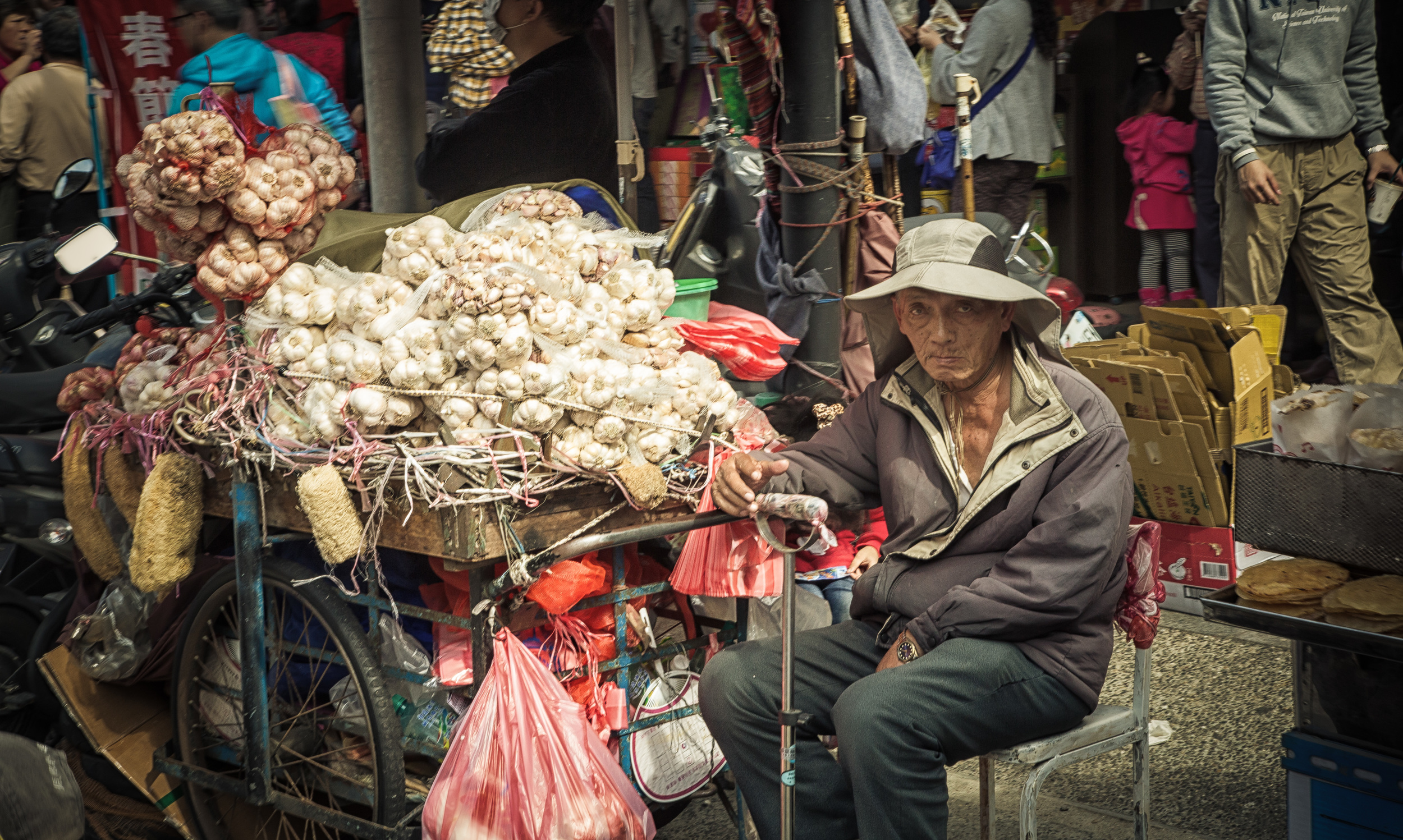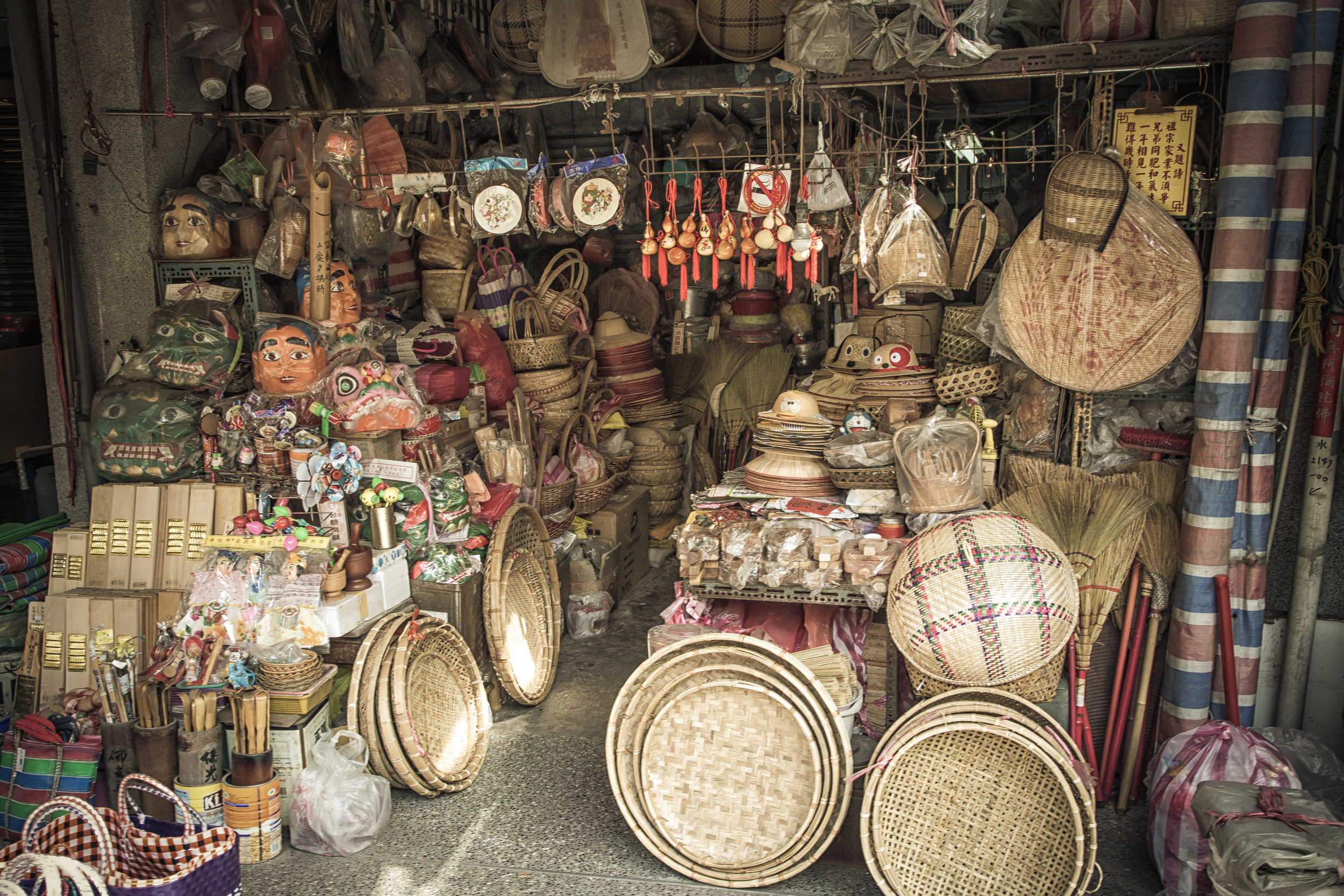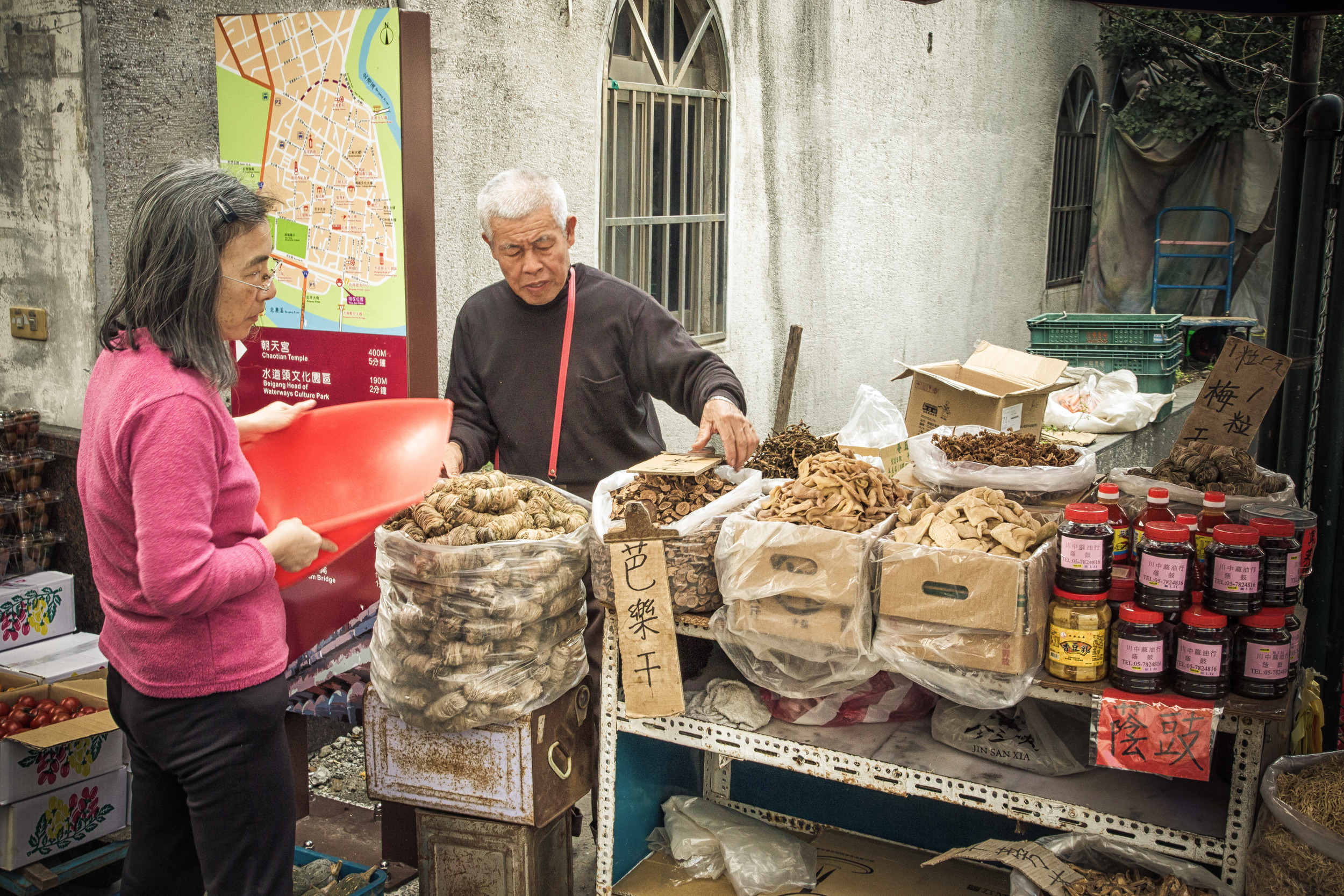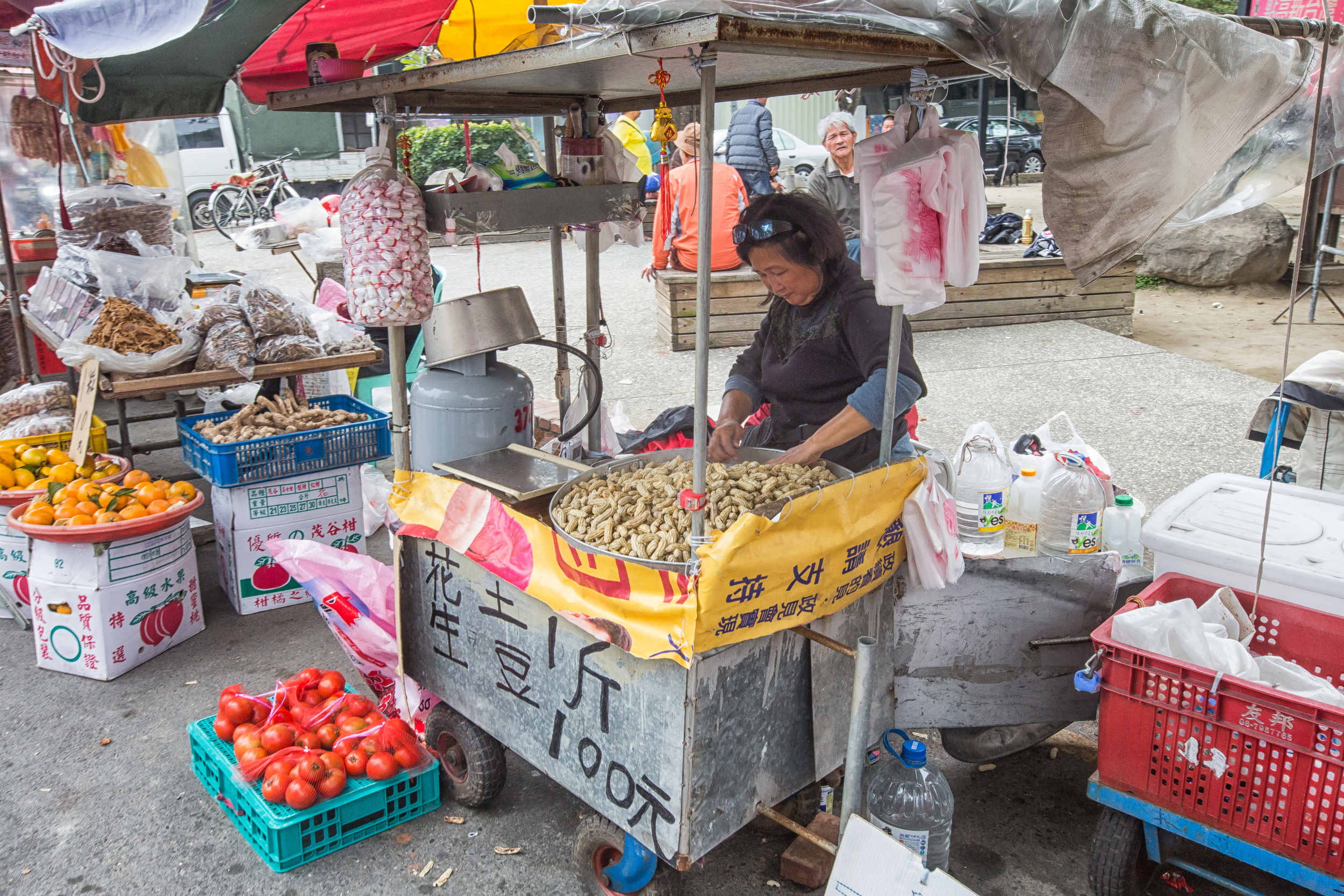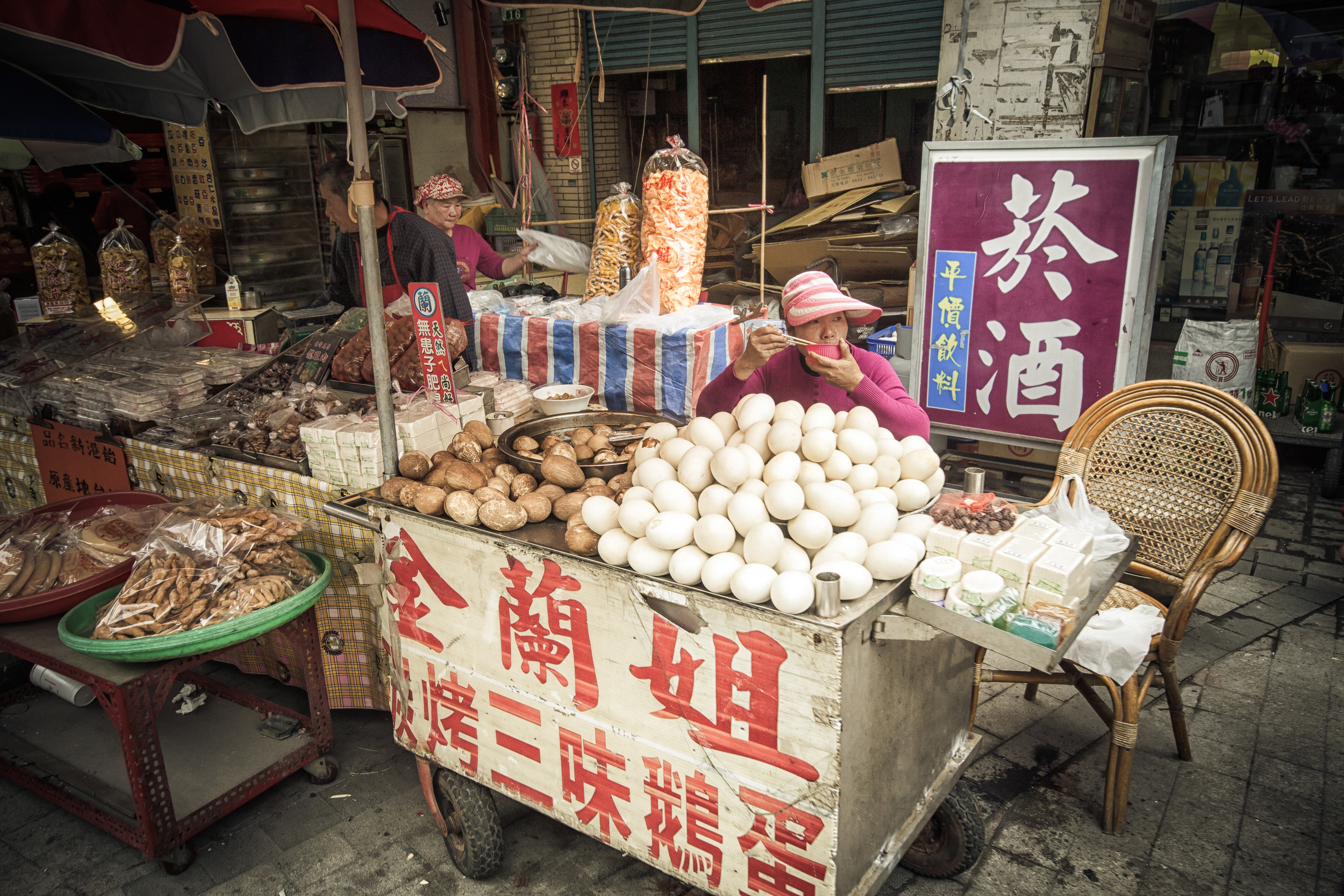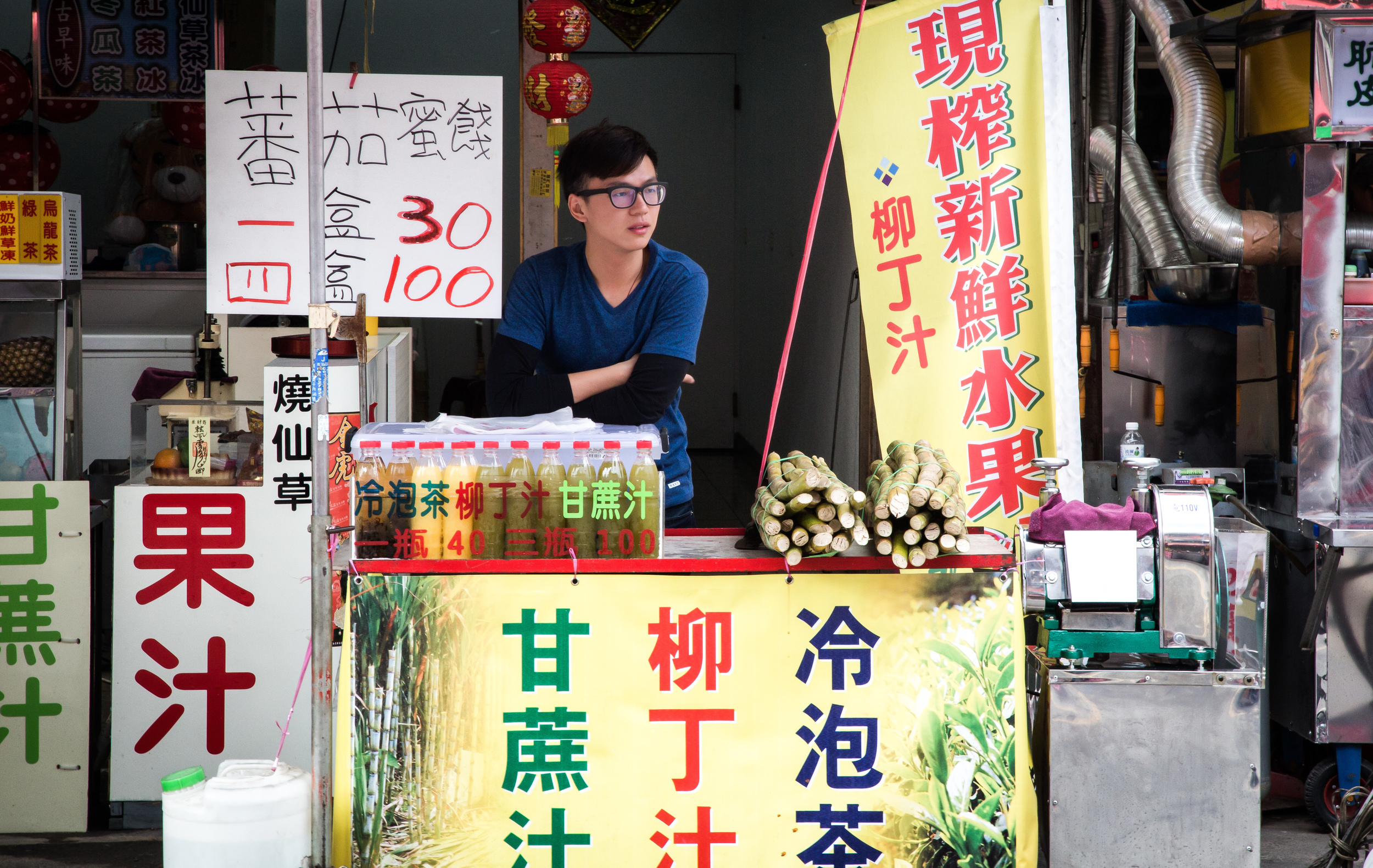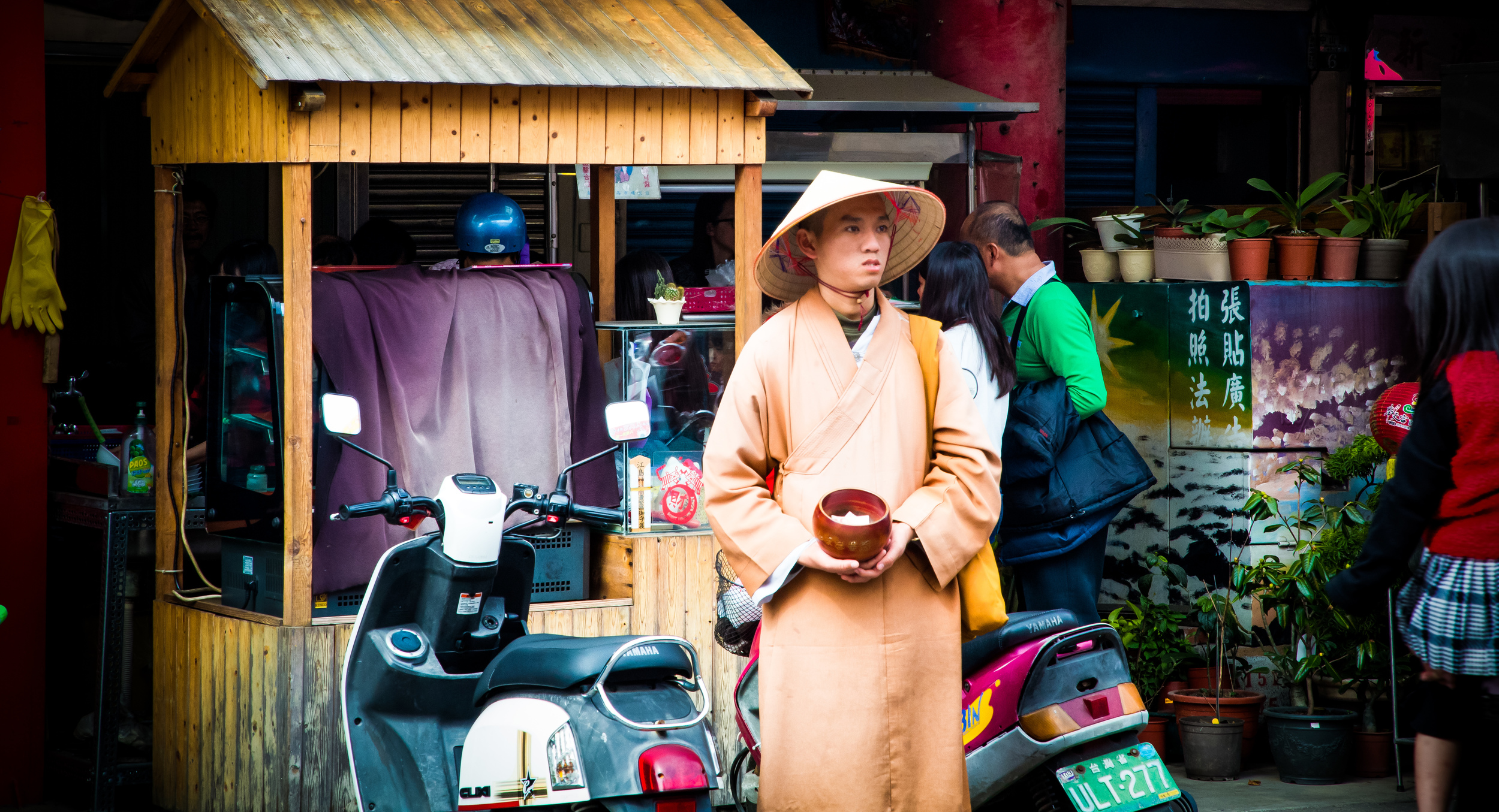The Lantern Festival (元宵節) is a traditional festival which is celebrated on the fifteenth day of the Lunar New Year and its celebration marks the culmination of the traditional Spring Festival celebrations.
The festival is one that is steeped in tradition and historically featured simple round red lanterns which symbolized a ‘new start’ for the year as well as good fortune as red is an auspicious colour in Chinese culture.
The simplicity of the small red lanterns that were put on display during Lantern Festival are something that became synonymous with Chinese culture over time while the elaborate lanterns we see today were mostly reserved for the emperor.
These days things are a lot different and the lanterns you’ll find at the various lantern festivals throughout the world come in all shapes and sizes and can often be very complex in design.
The Lantern Festival in Taiwan is an important celebration with events being held in every city and county in the country as well as a designated national Lantern Festival which is being held in Yunlin this year.
The Taipei Lantern Festival traditionally features lanterns created by students who took part in a lantern-creation contest as well as professionally-made lanterns which all focus on the themes corresponding to the Chinese zodiac.
The 2017 Taipei Lantern festival is taking place between February 4th and 17th. This years incarnation boasts both traditional lanterns but also showcases Taiwan’s high-tech prowess using the latest technology for light projection and illumination which will be displayed on the walls of historic sites and buildings.
While the Taipei Lantern Festival traditionally focuses on the display of “lanterns”, this one which has the theme “West Side Story, Taipei Glory” focuses on the history of the area between the Northern (北門) and Western gates (西門) of the city.
The festival is broken up into several different themed areas based on either chickens or eggs and there are also several different stages for performances, parades, children’s activities and light shows.
The event organizers boast that this years Lantern Festival is a break with tradition and they hope that it will allow visitors to enjoy the historic commercial districts with the celebrations being held on the streets.
In the past, the Lantern Festival would be held at Liberty Square (自由廣場), Sun Yat Sen Memorial Hall (國父紀念堂) or the Taipei Expo Park (花博公園) all of which have large open areas that can accommodate large crowds.
This year the city government threw all of that out the window and planned for the festival to take place in the heart of the already busy Ximen Shopping District (西門町商圈). Instead of a large open space the organizers have decided to fill three meter wide sidewalks with tens of thousands of people.
Transportation to the Lantern Festival is quite convenient - You can access the festival from either the Ximen MRT station (西門捷運站) or from Taipei Main Station (台北車站).
The issue is that with the amount of people who go to the annual festival, the amount of congestion makes it almost unbearable, especially when you have to cross large streets to visit the different sections.
In another break with tradition, the lanterns which the festival is dedicated to are actually few and far between and the city has decided to focus on impressive light shows.
While the Lantern Festival has only been on for a few days, the media and the internet have exploded with criticism of not only the location of the venue but the focus on light shows rather than lanterns. The festival has been compared to Taipei’s (somewhat) failed attempt at holding a “Nuit Blanche” (白晝之夜) art festival last October.
The most universally criticized aspect of this years Lantern Festival is the “lantern” that represents Lin Mo Niang (林默娘), the woman who is more popularly known in Taiwan as the Goddess Mazu (媽祖). The eight meter high image of the goddess has been designed to look like a Japanese cartoon and has ignited a lot of criticism of not only the design but the “dead-looking eyes” of the goddess who is known as Taiwan’s protector deity.
News Link: 台北燈節林默娘長這樣 網友驚:媽祖還是鬼娃?
As the Lantern Festival was spread out over a large area and because there were far too many people and not enough to see, I didn't spend a whole lot of time taking photos this year. I made sure to visit the area where there were lanterns made by young Taiwanese students and checked out some of the light shows, but I didn't stick around for any of the performances or the parades. I didn't get many photos of the chickens or the eggs, but I think the lanterns created by Taiwan's young students were the highlight of the festival.
As usual the city government and the organizers of the festival put a lot of work into organizing the festival and planning fun and interesting events for the people who attend. The location and the lack of lanterns however make this years event somewhat disappointing but there is always something to see and the experience of visiting Taipei's lantern festival is always an interesting one. The festival will go on for the next ten days, so if you’re in Taipei and have free time, head over to check it out.






























